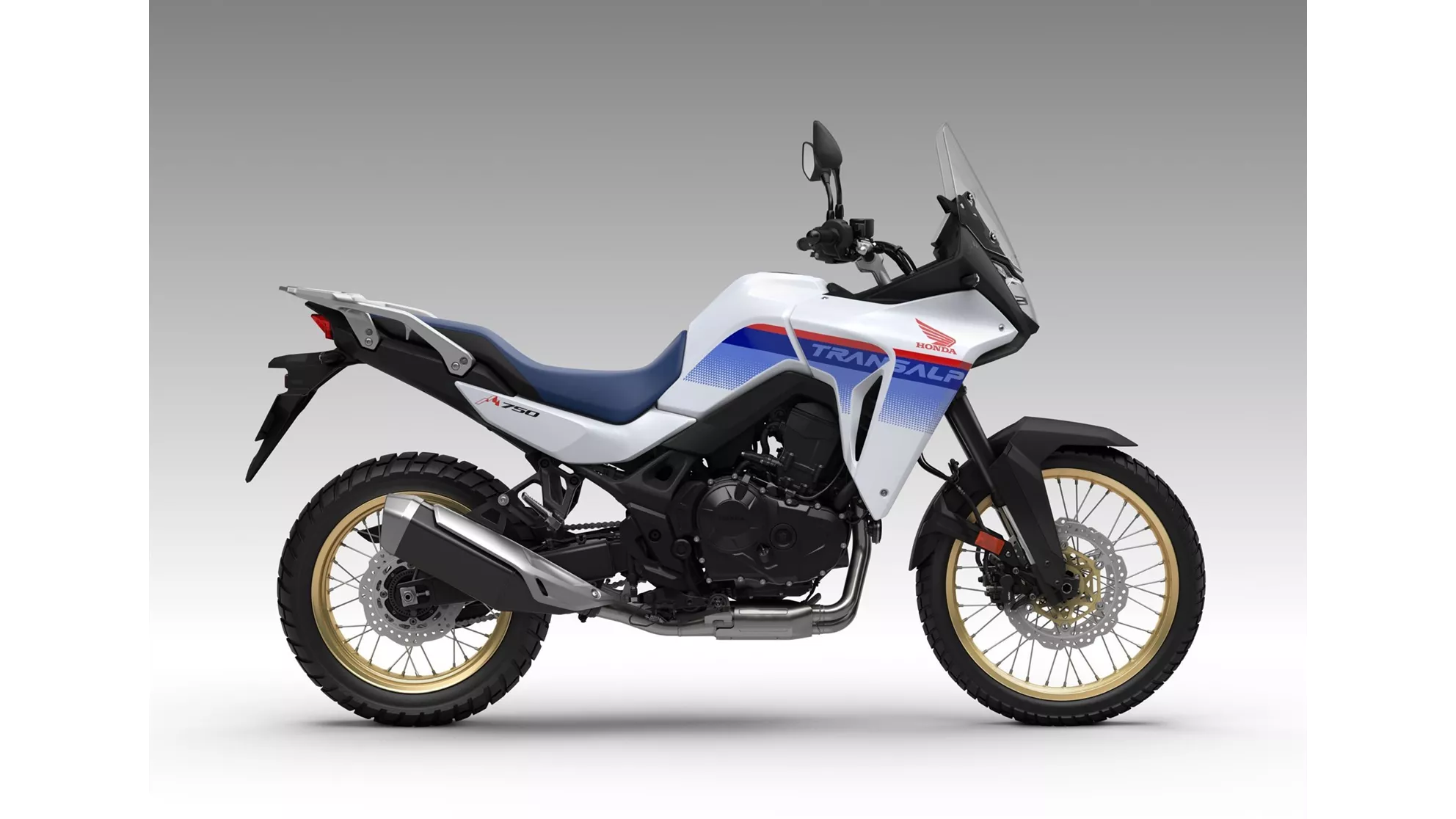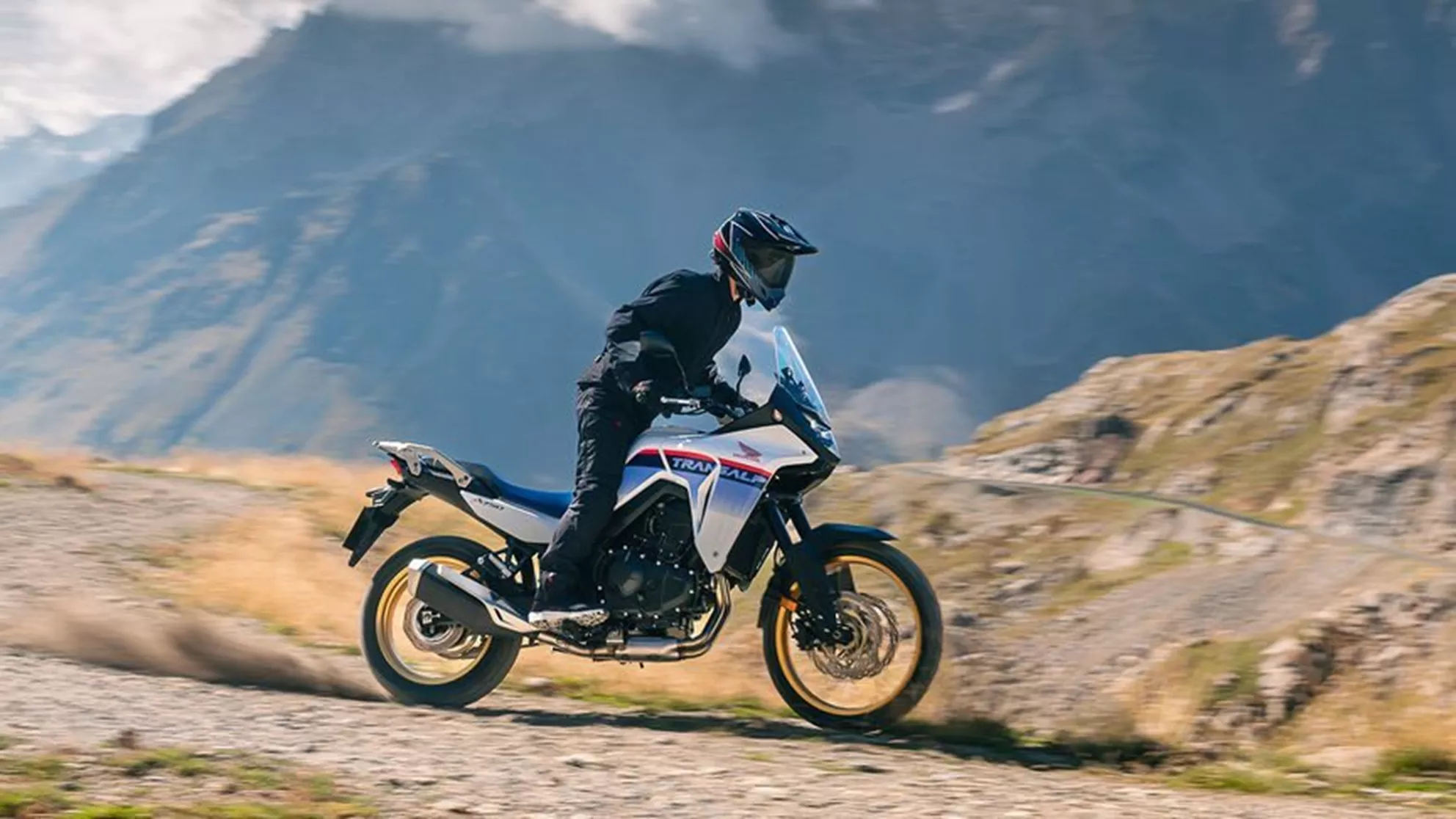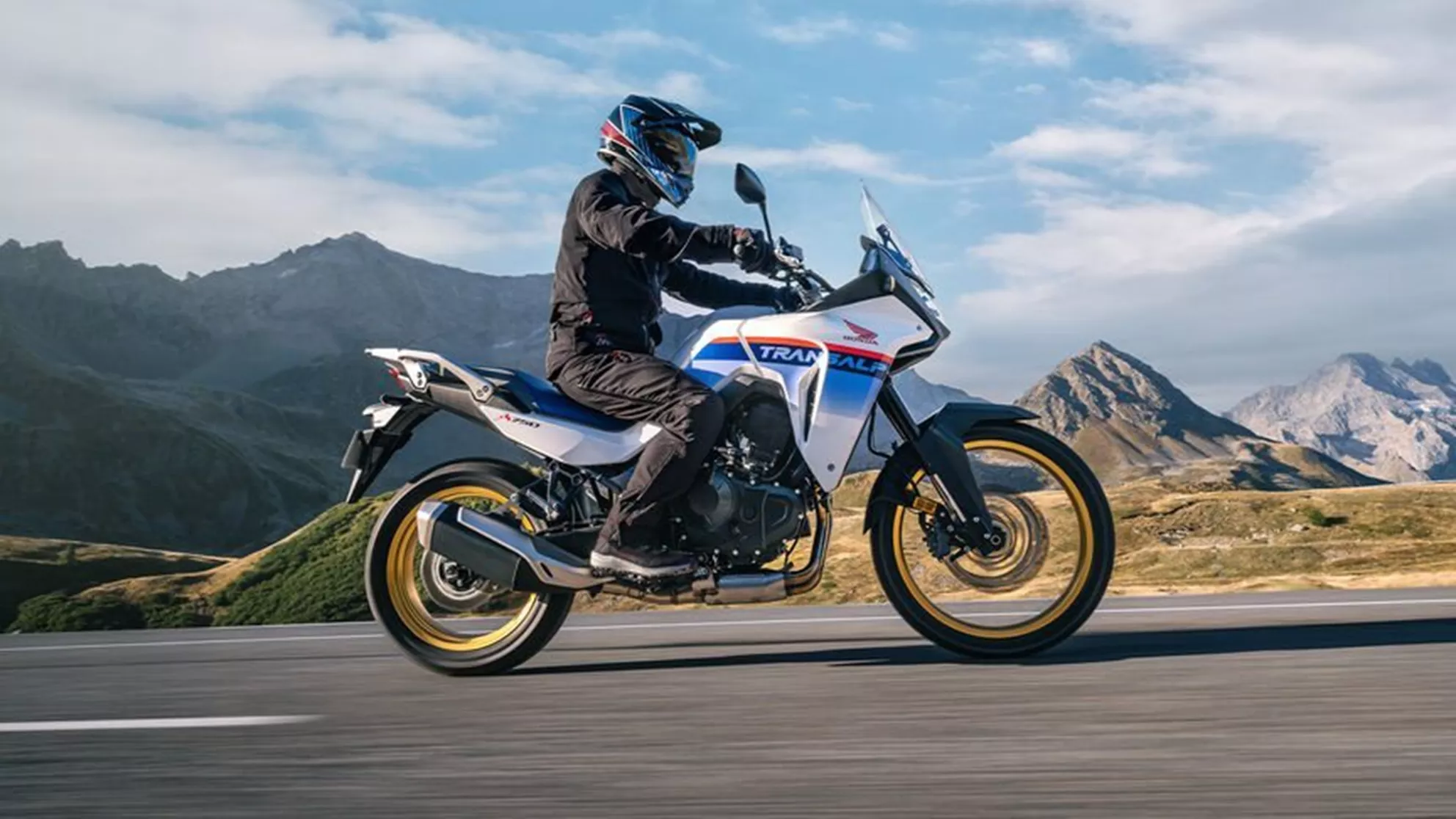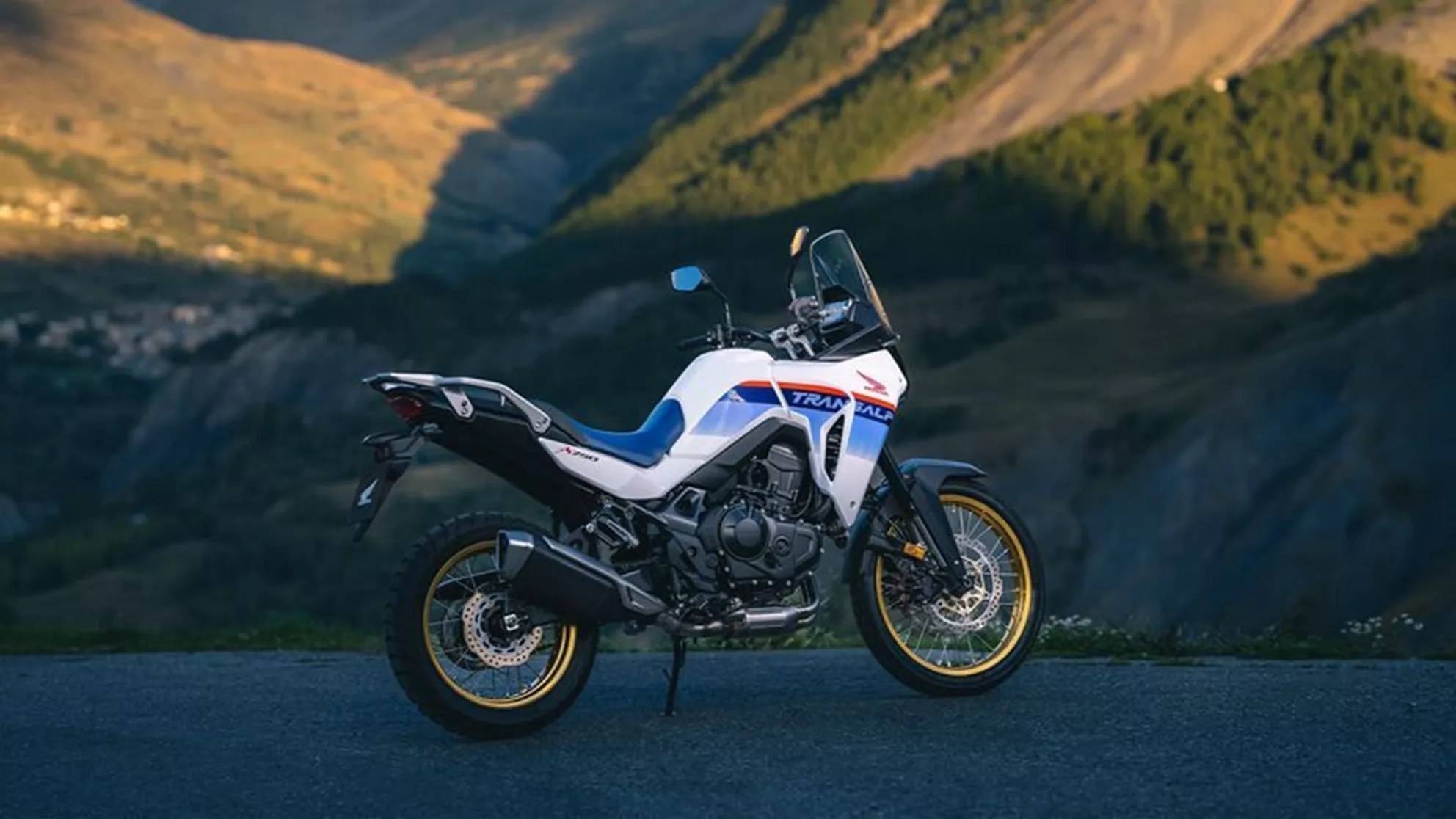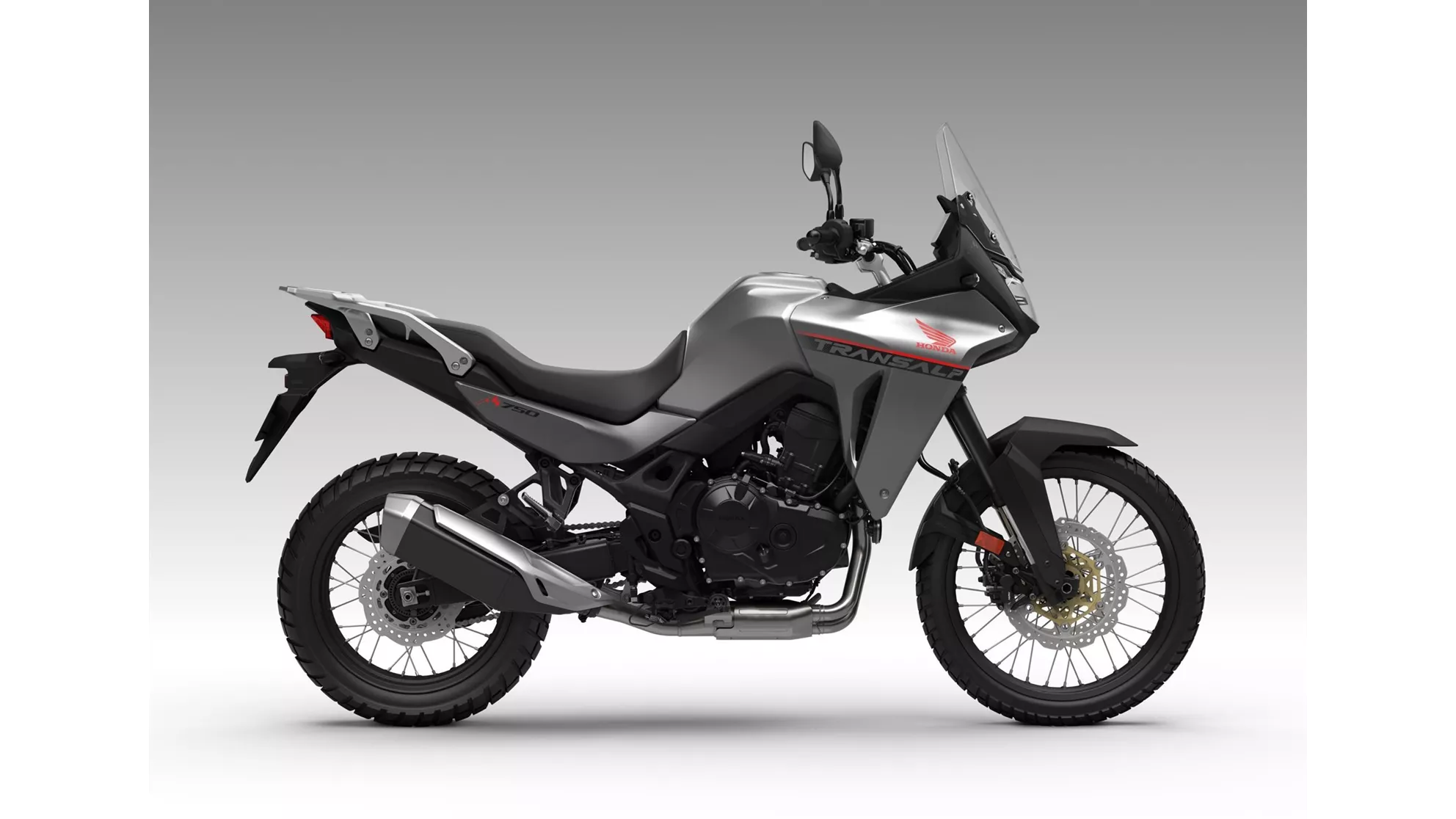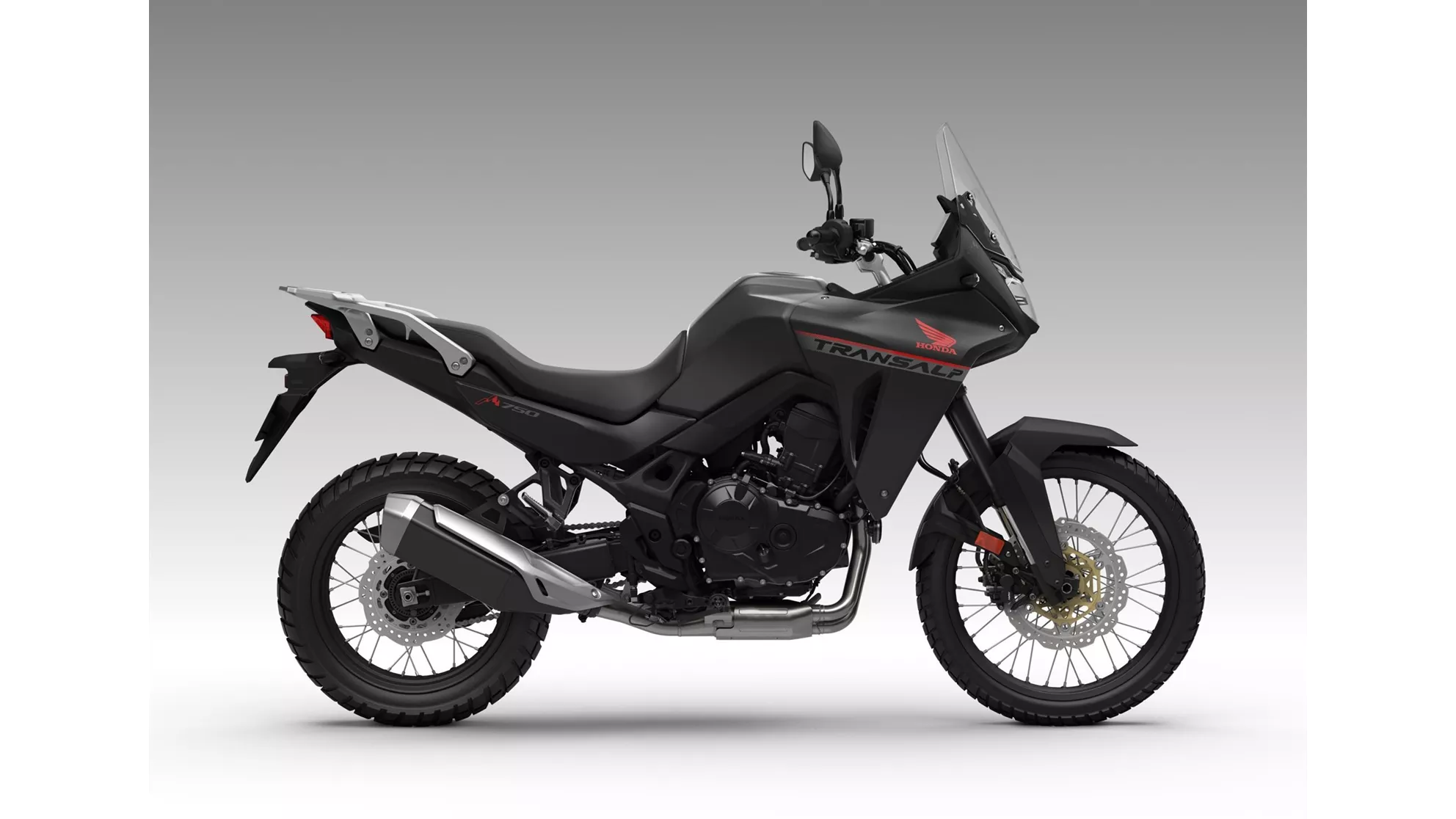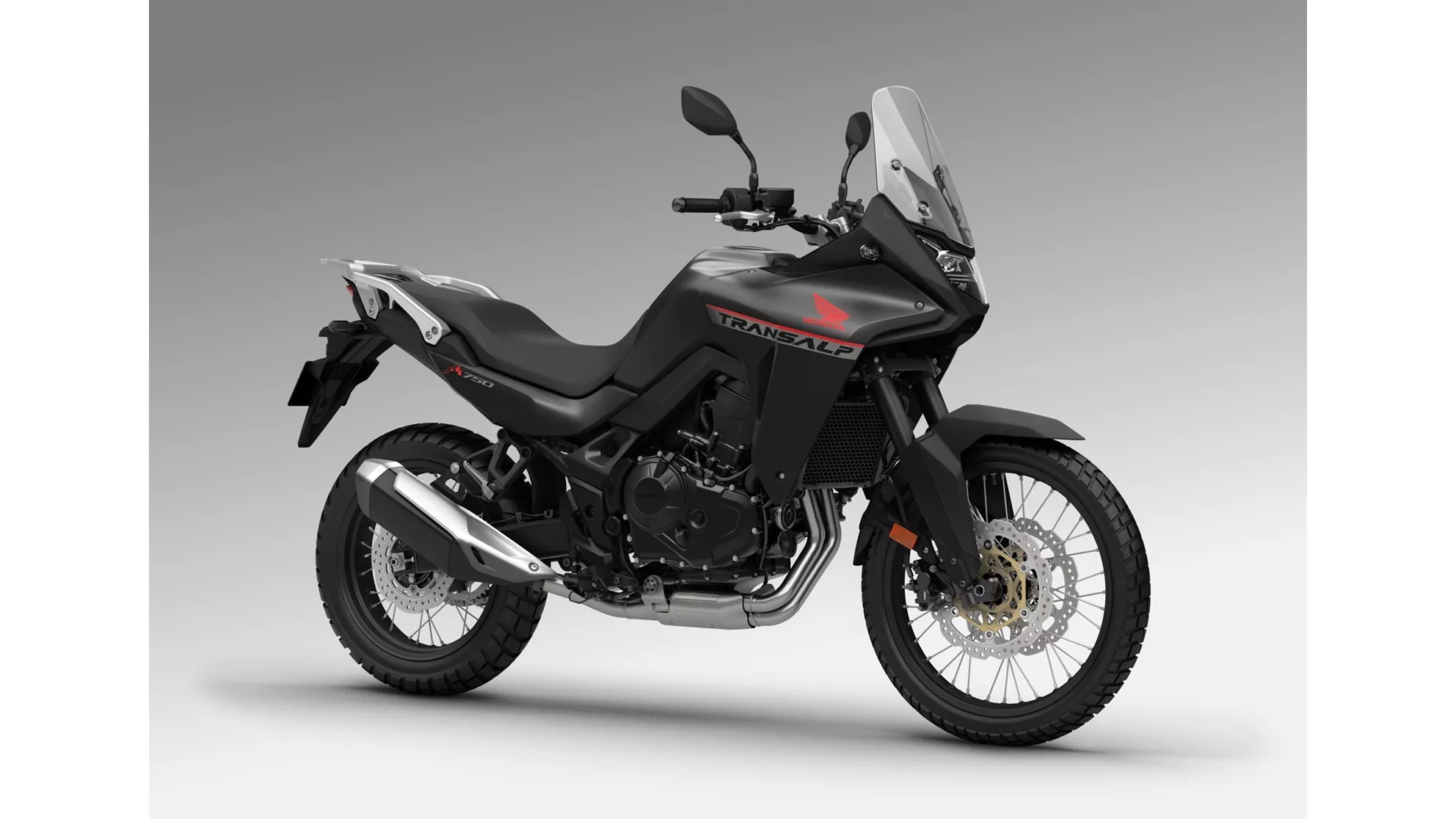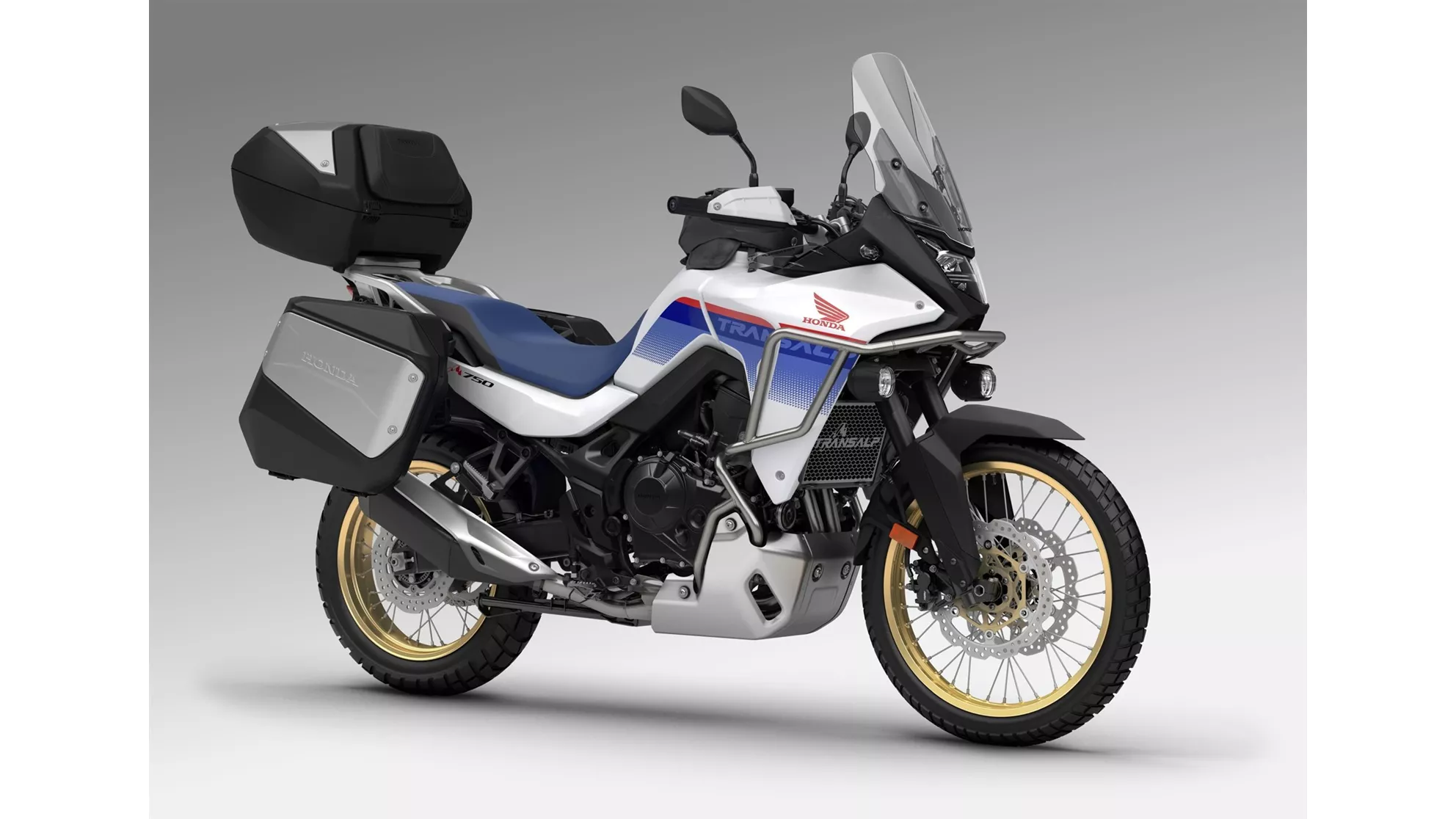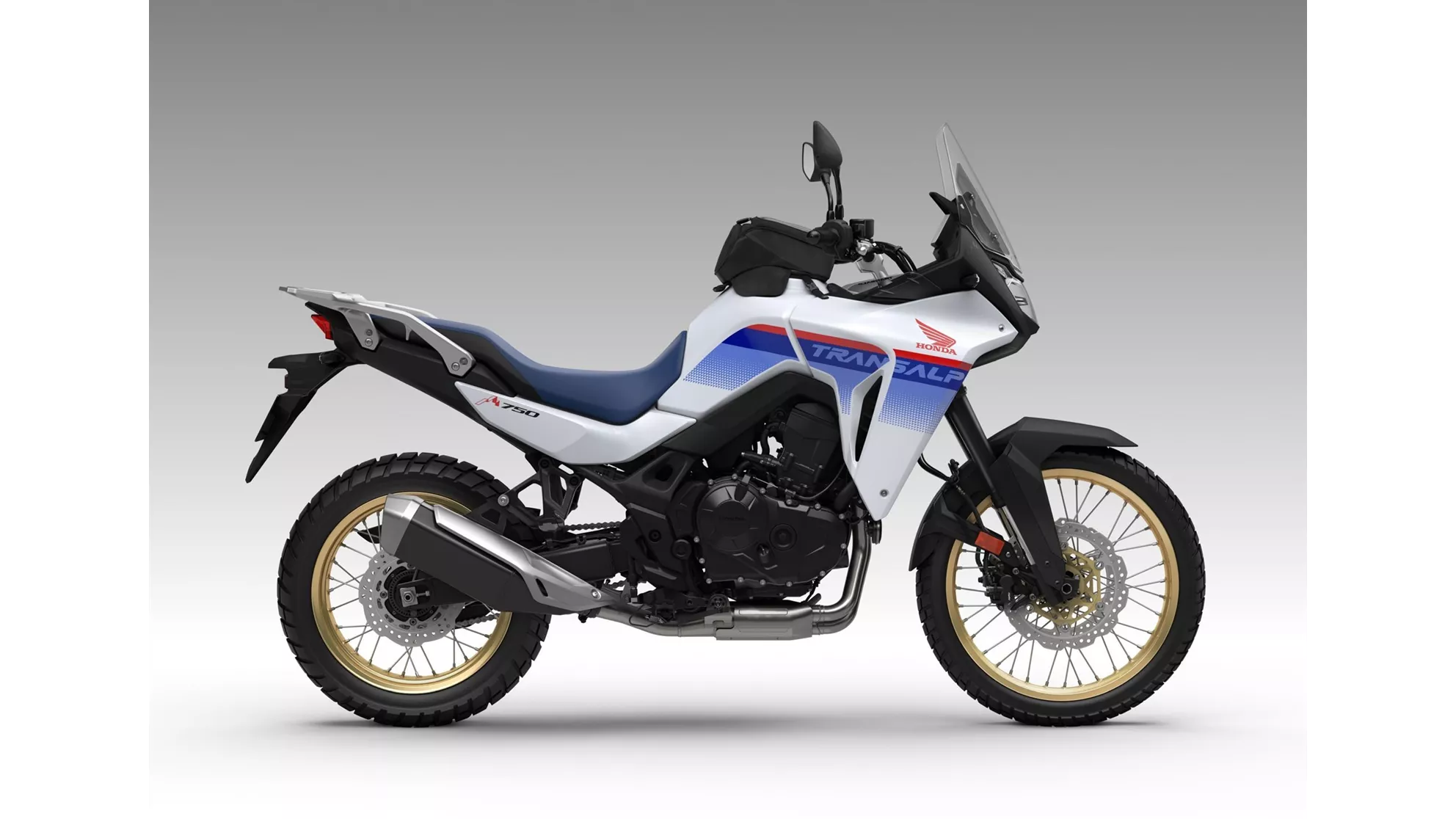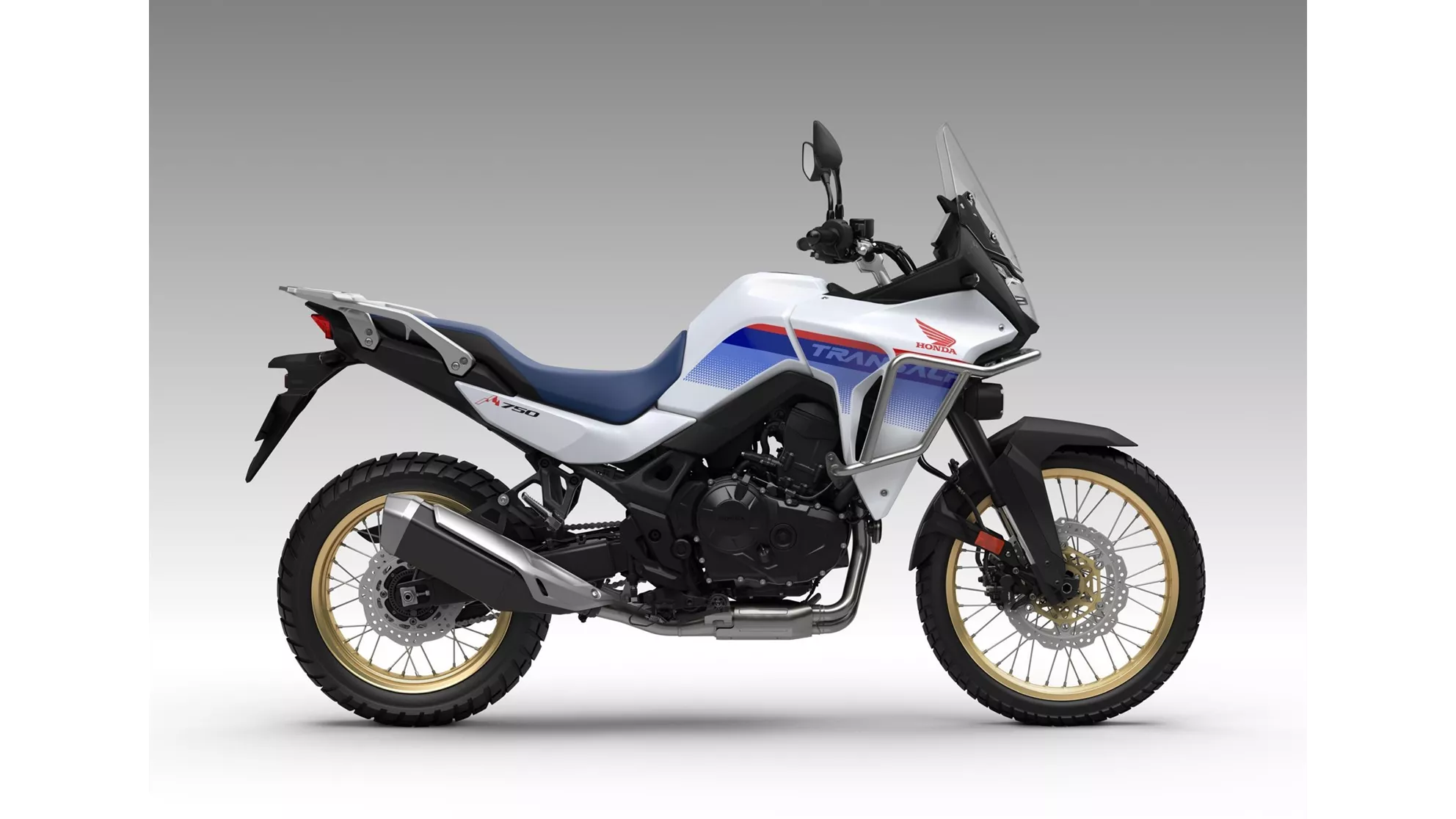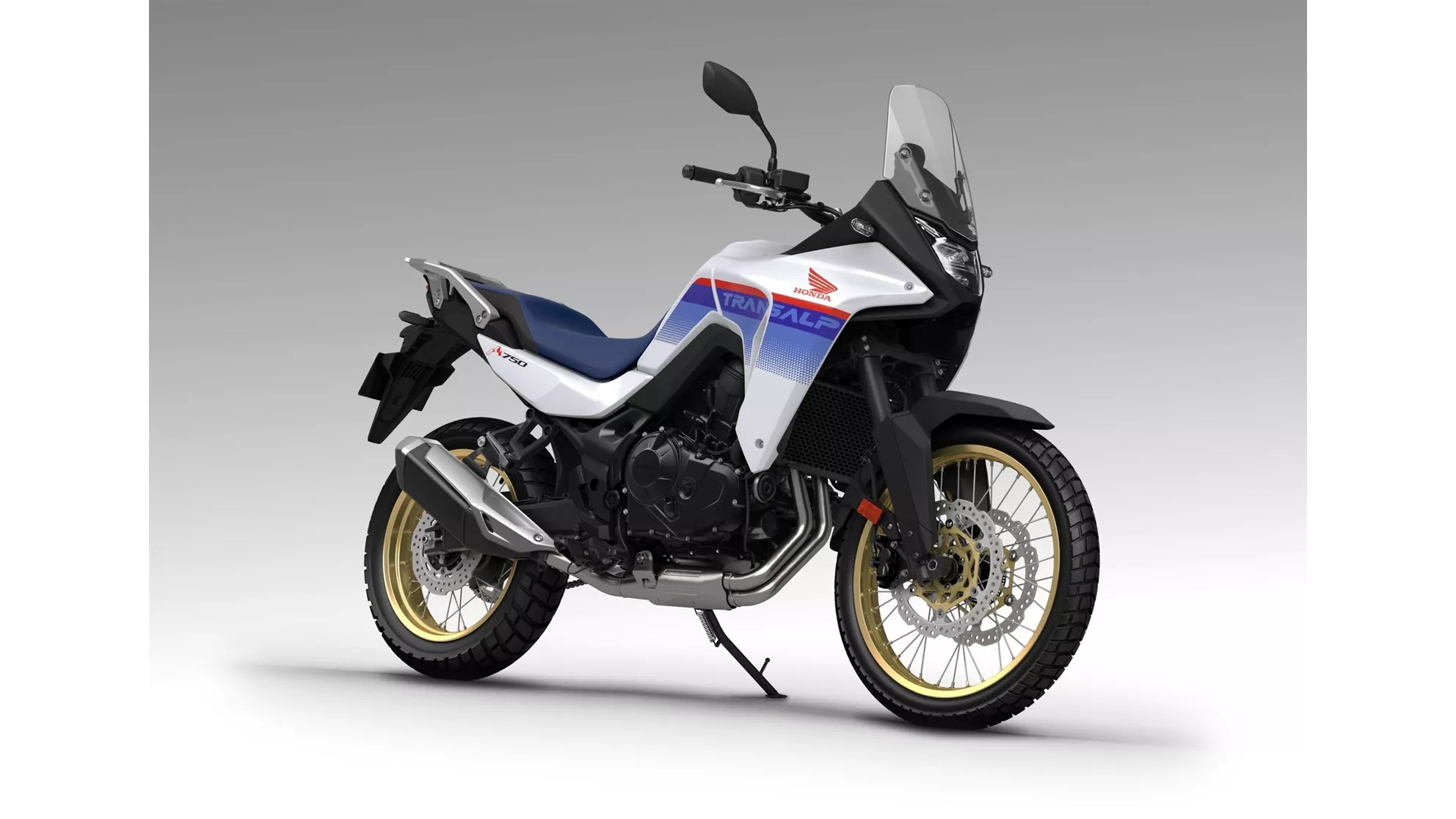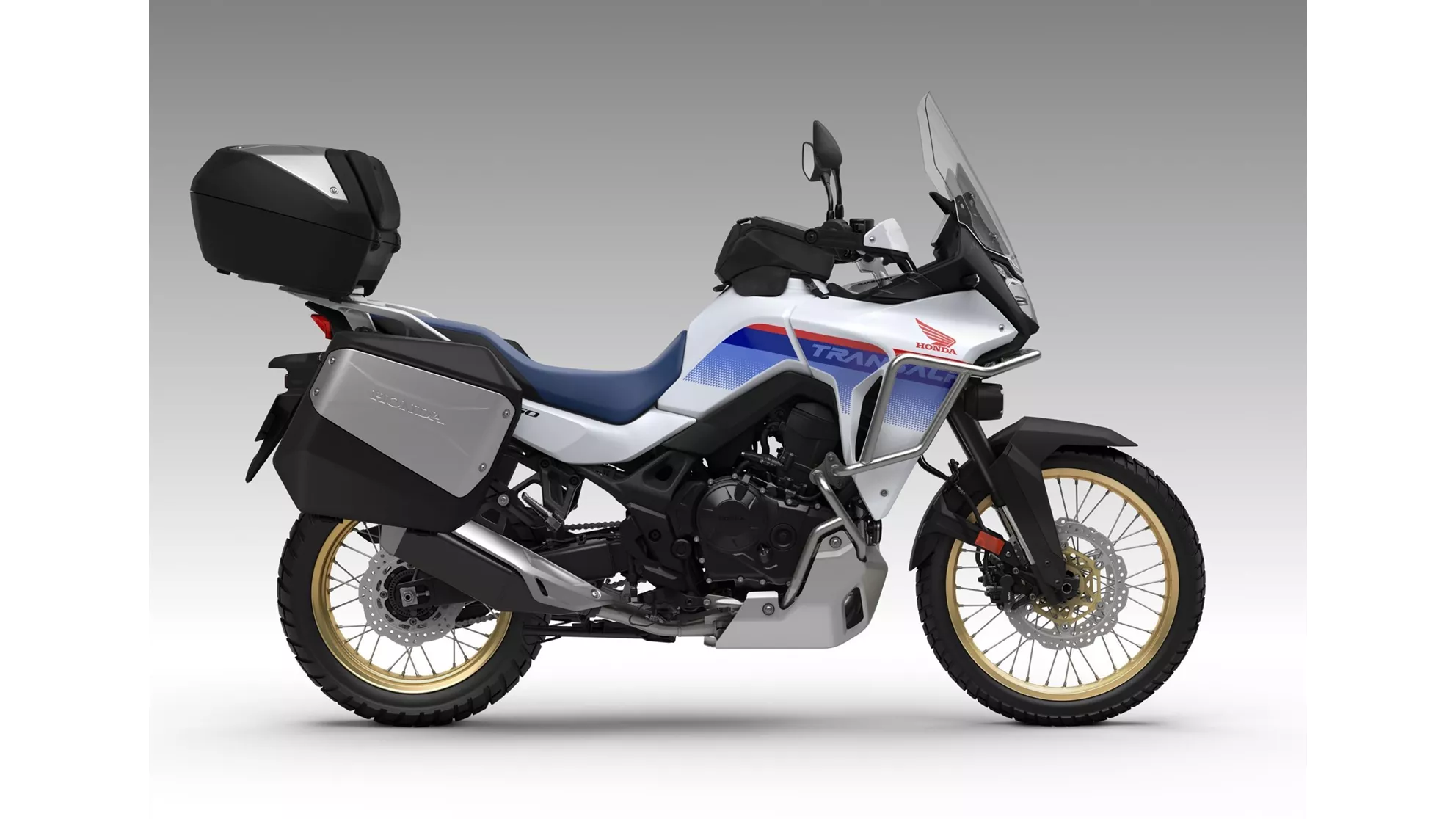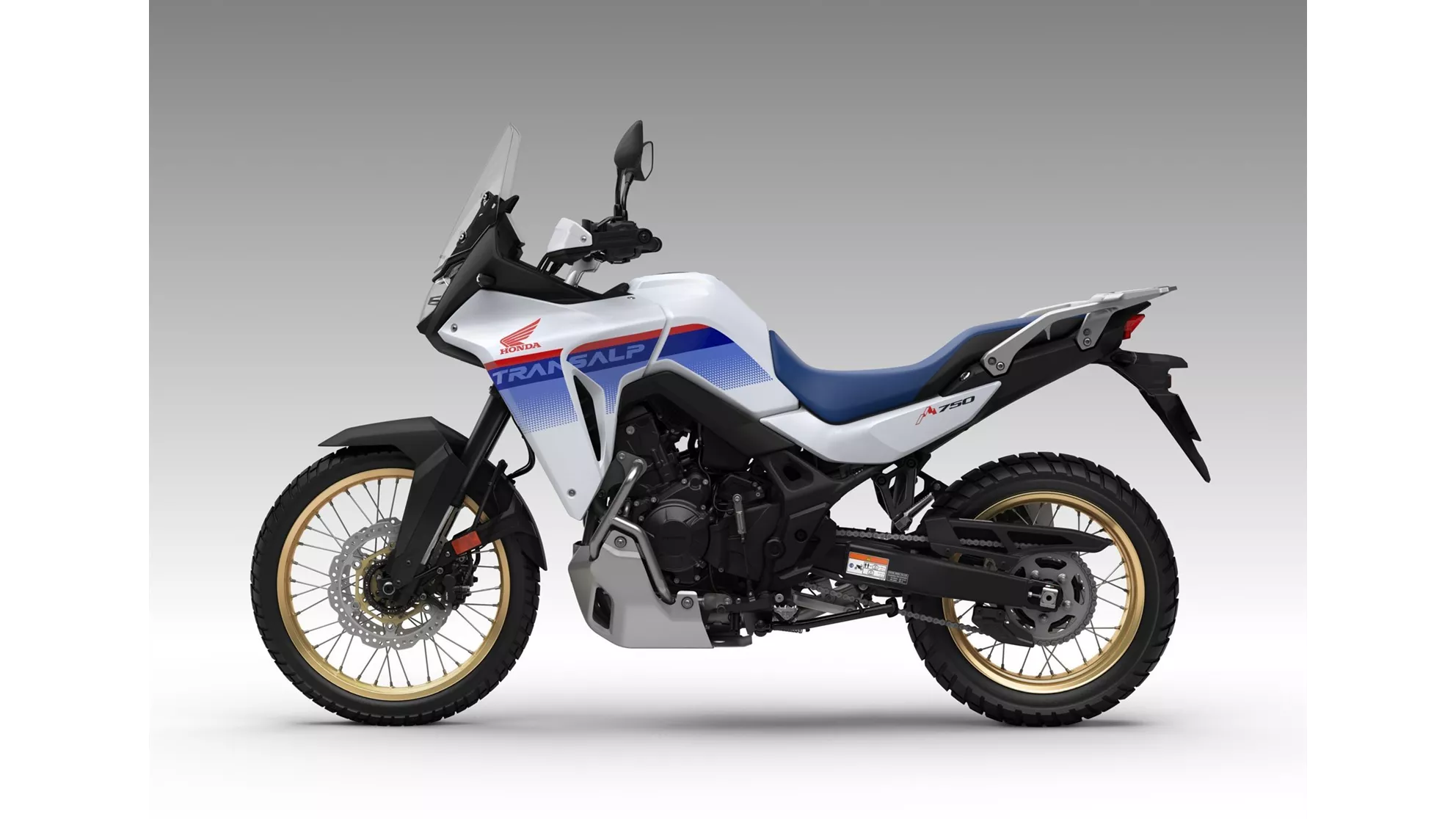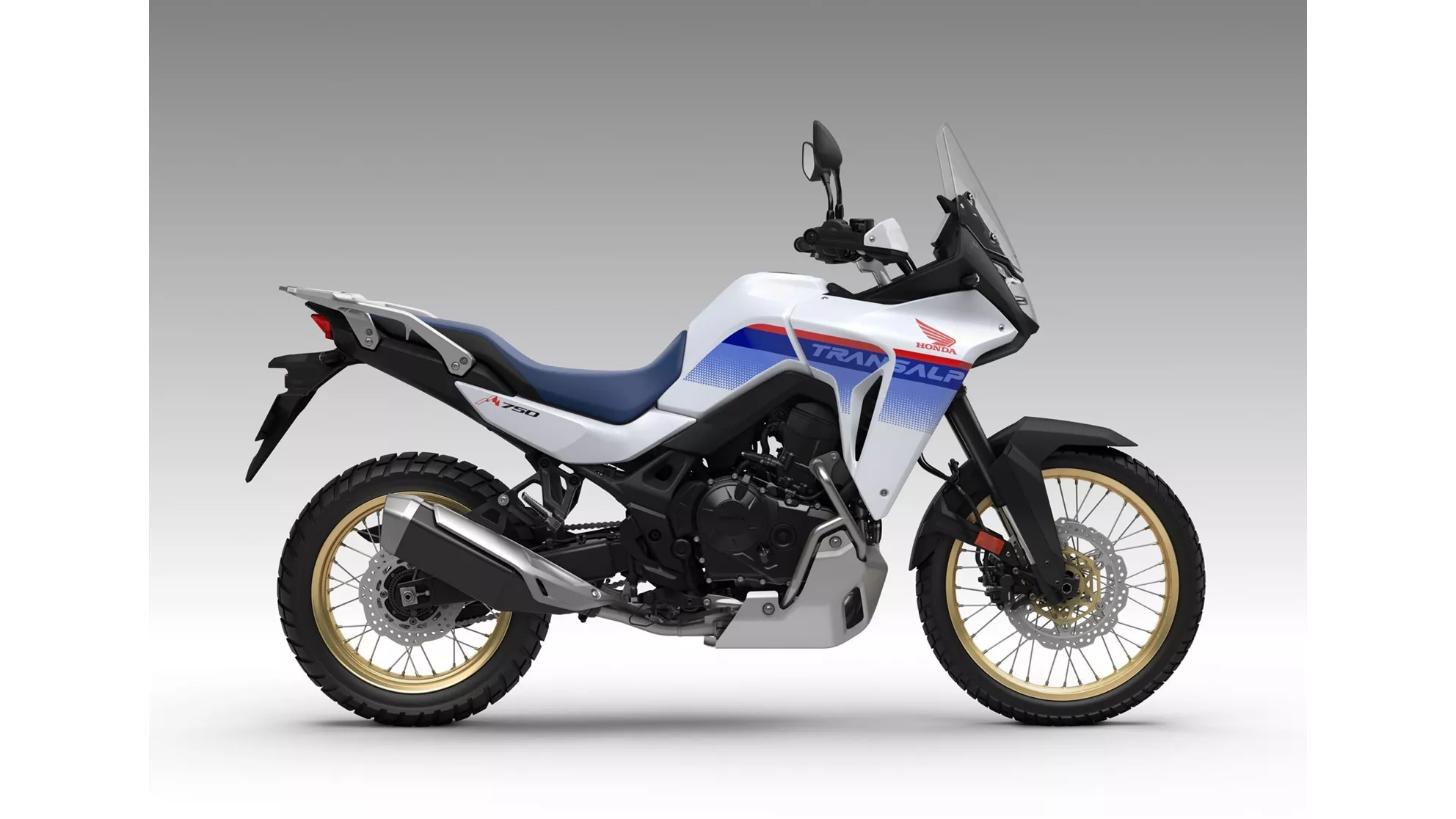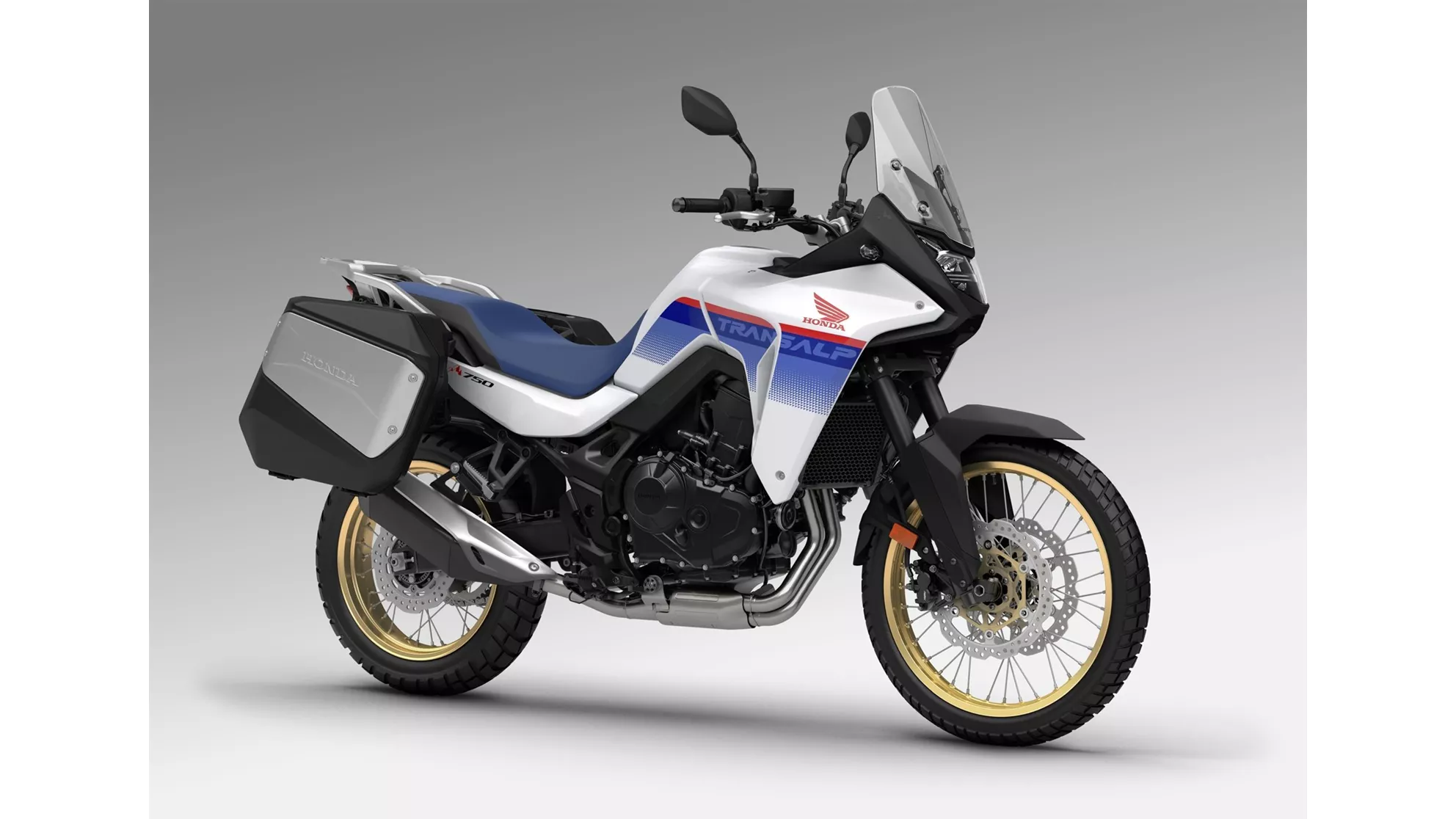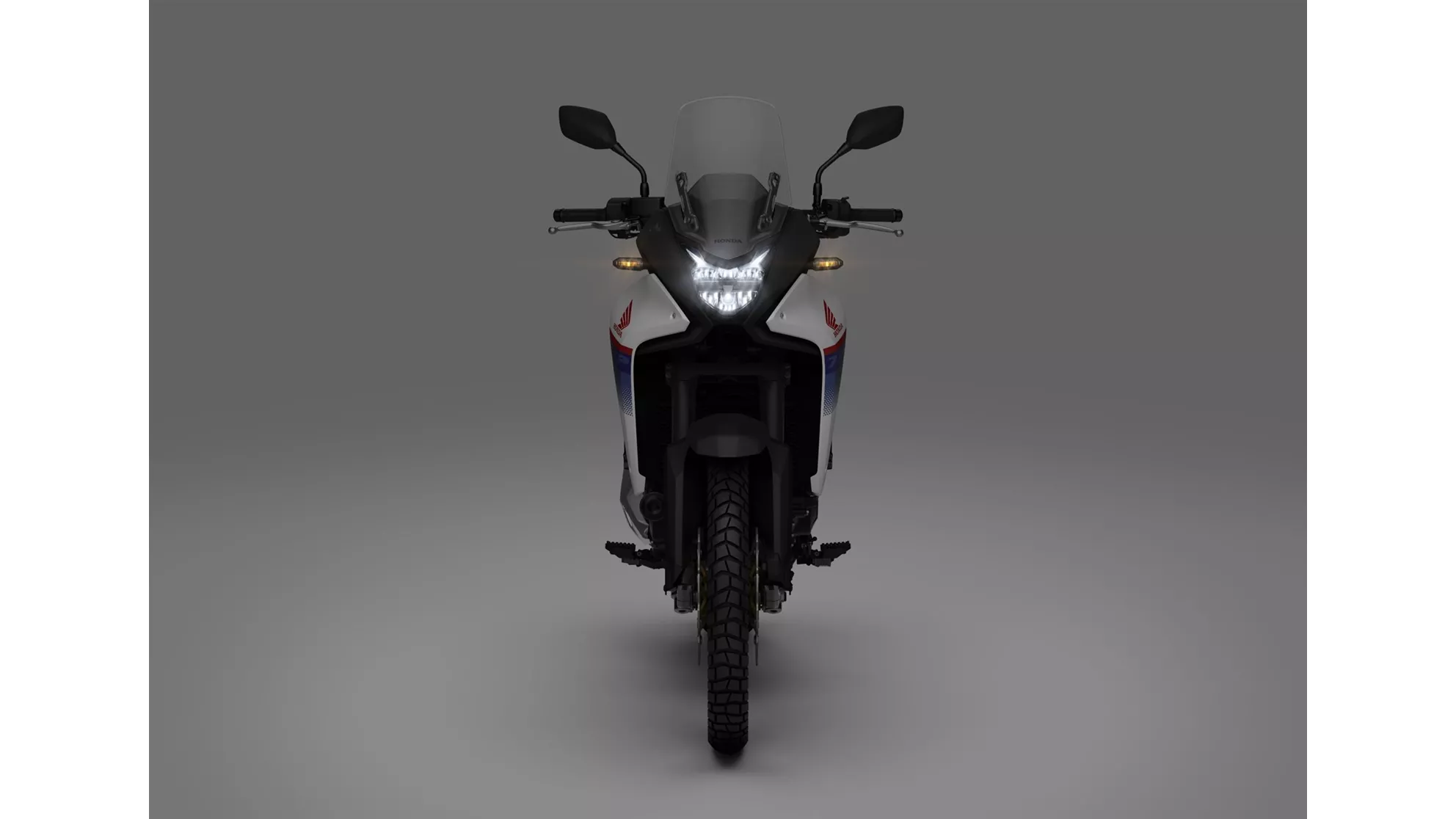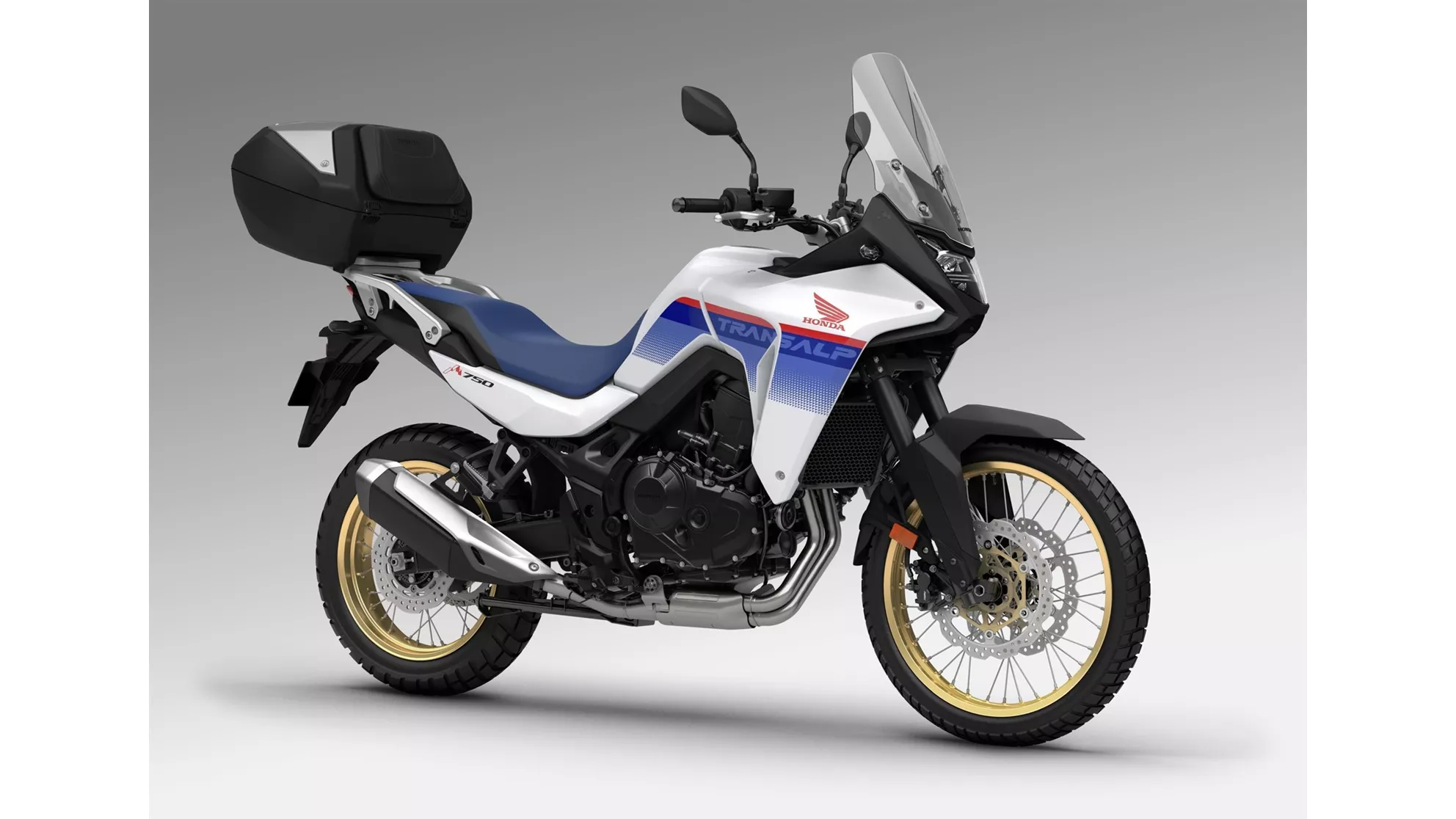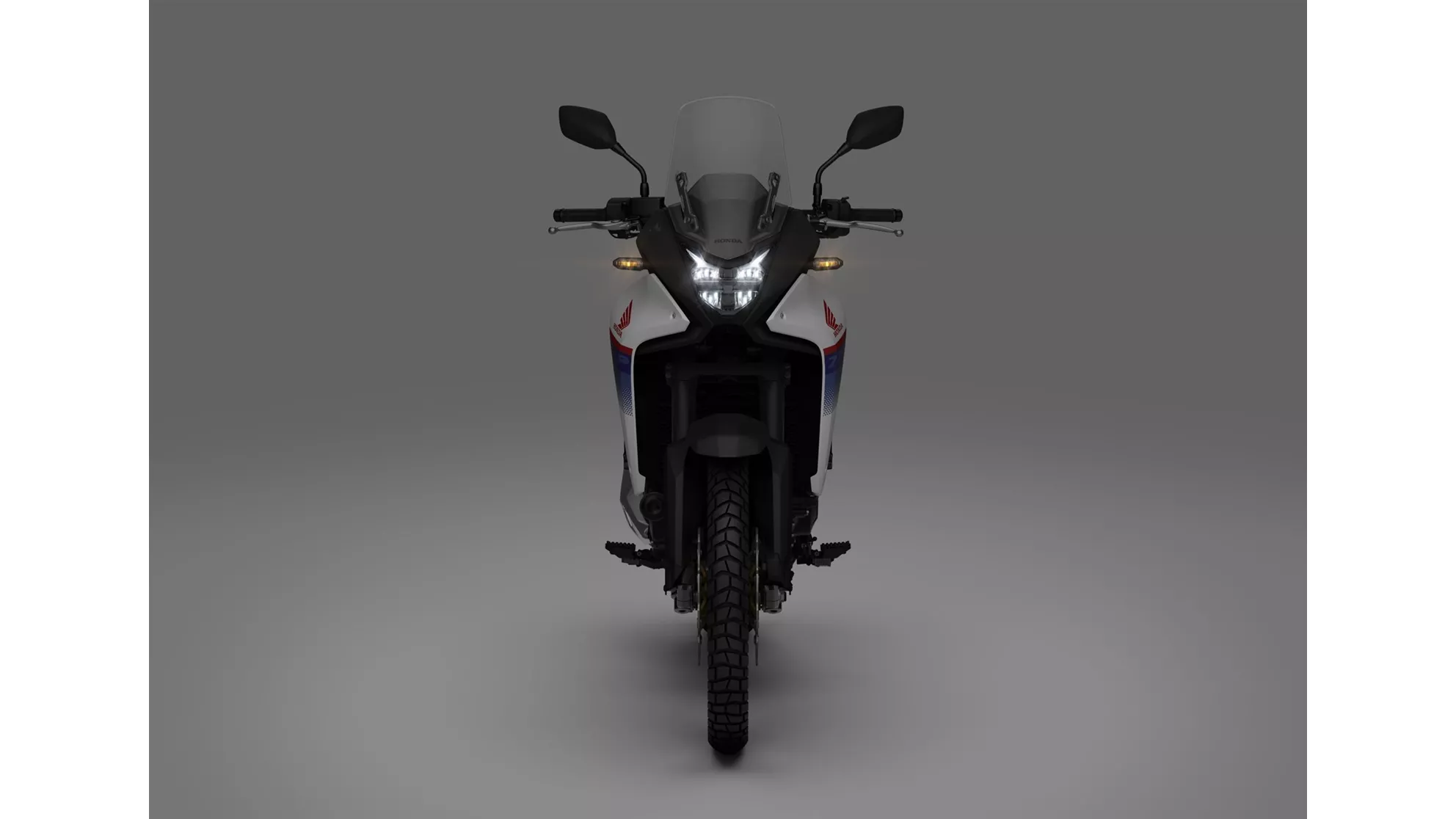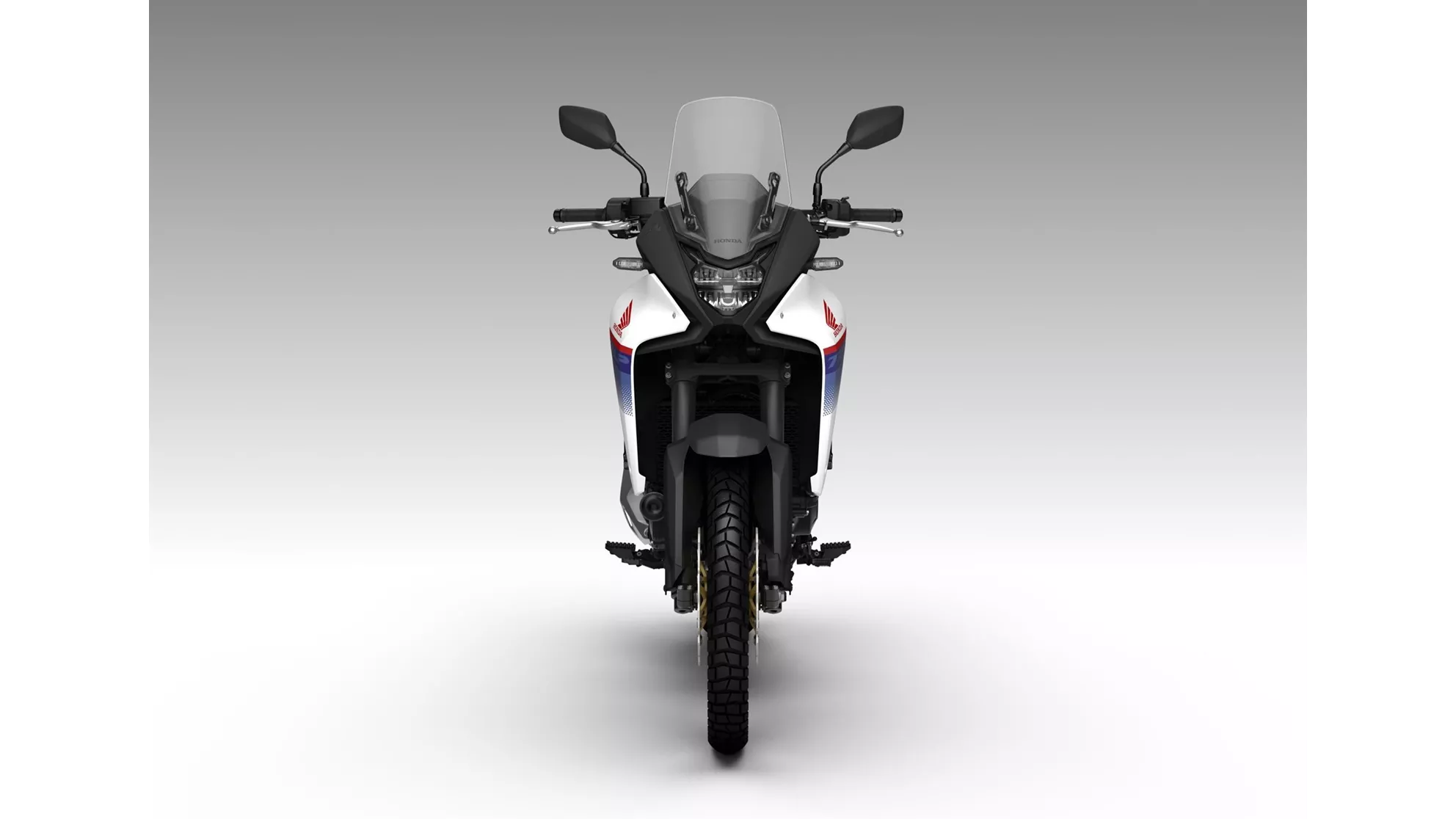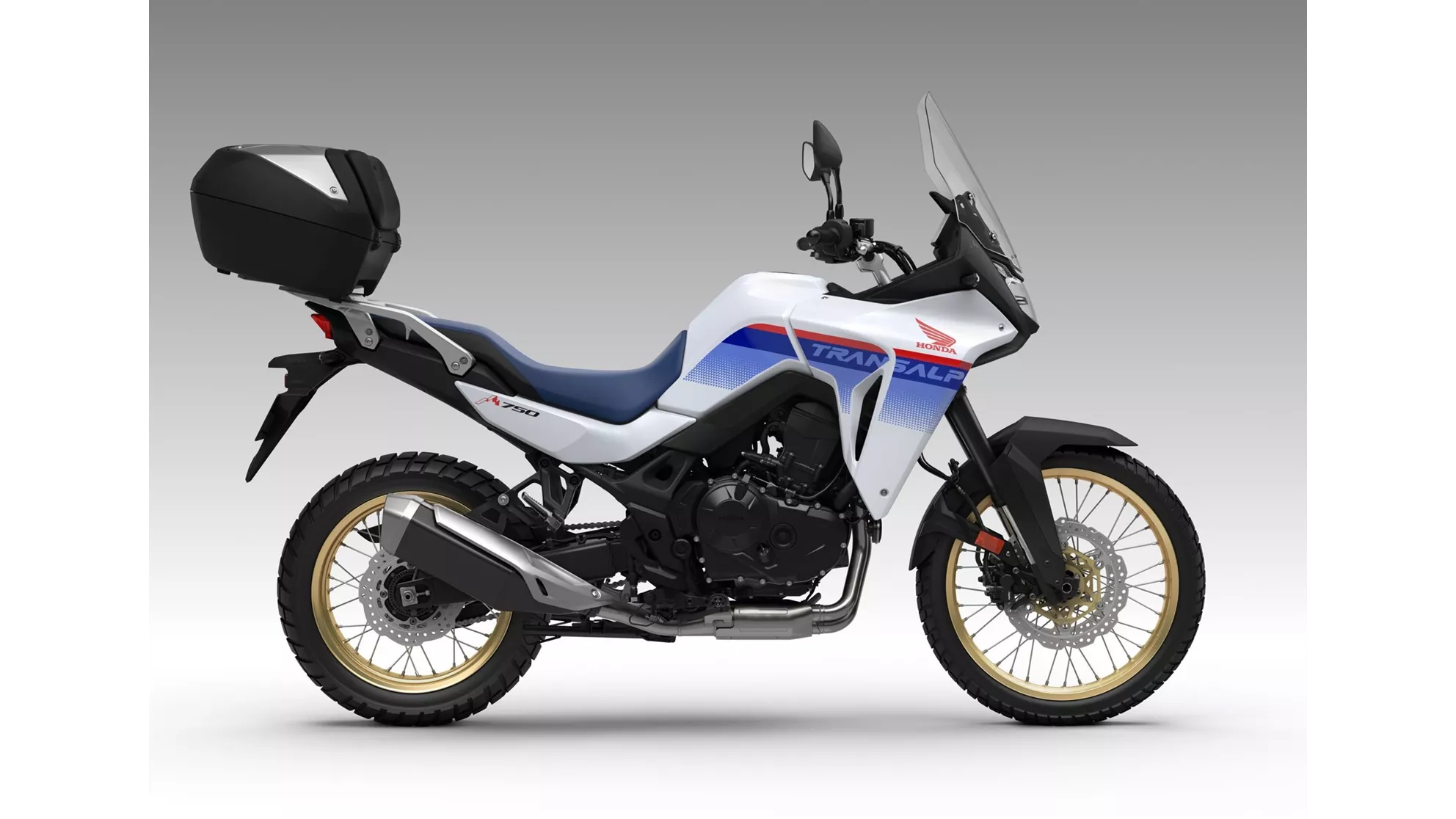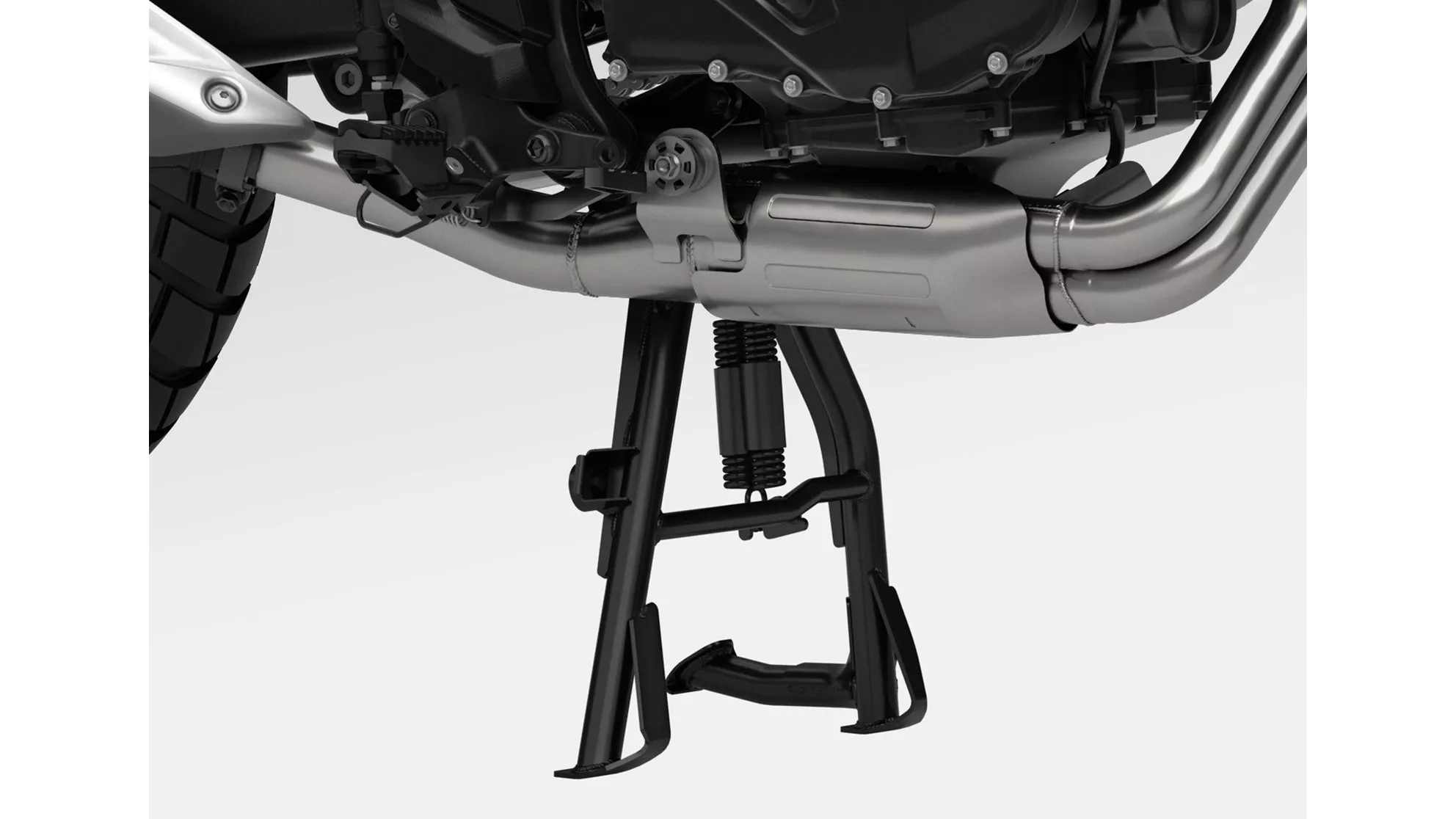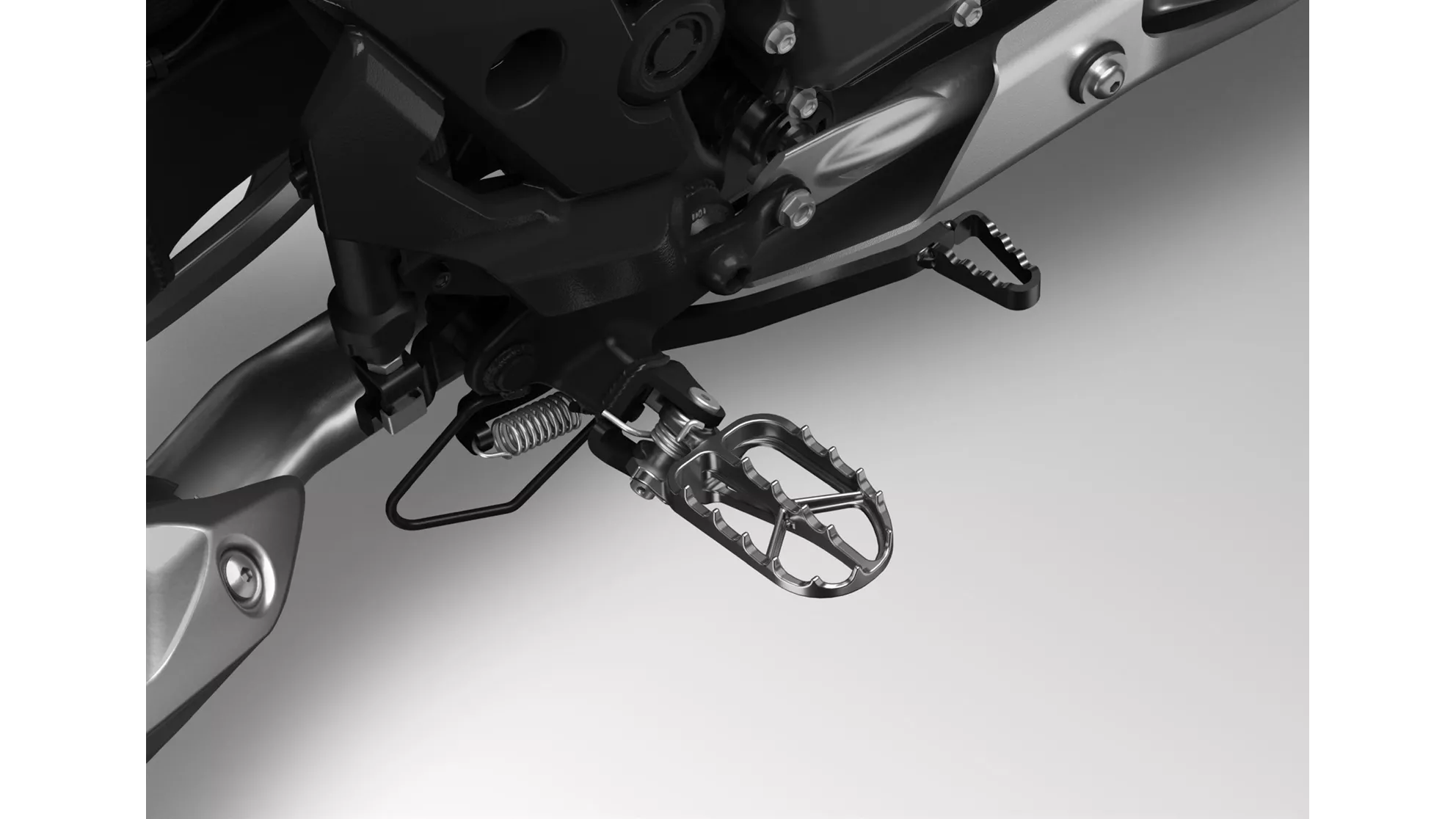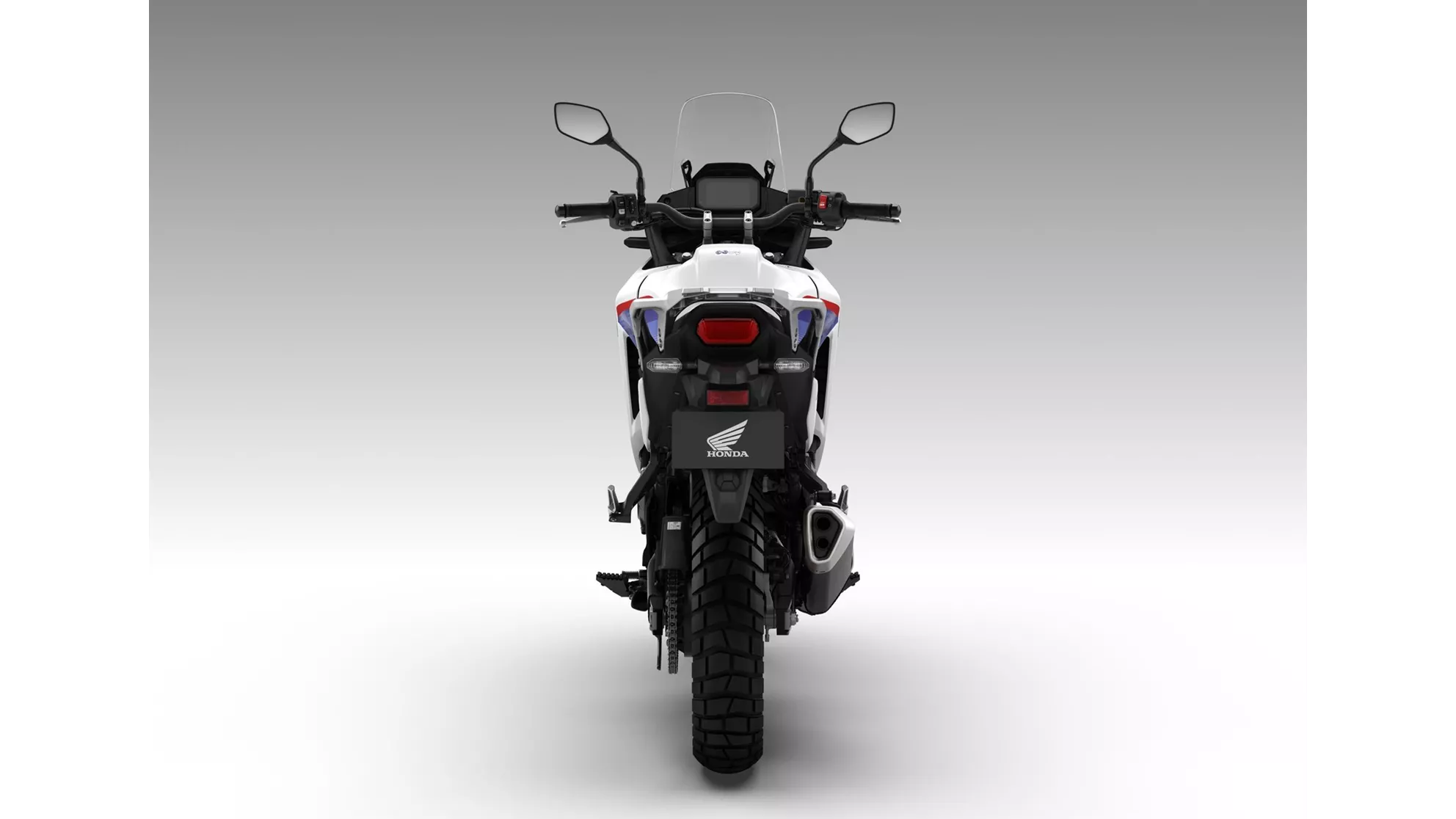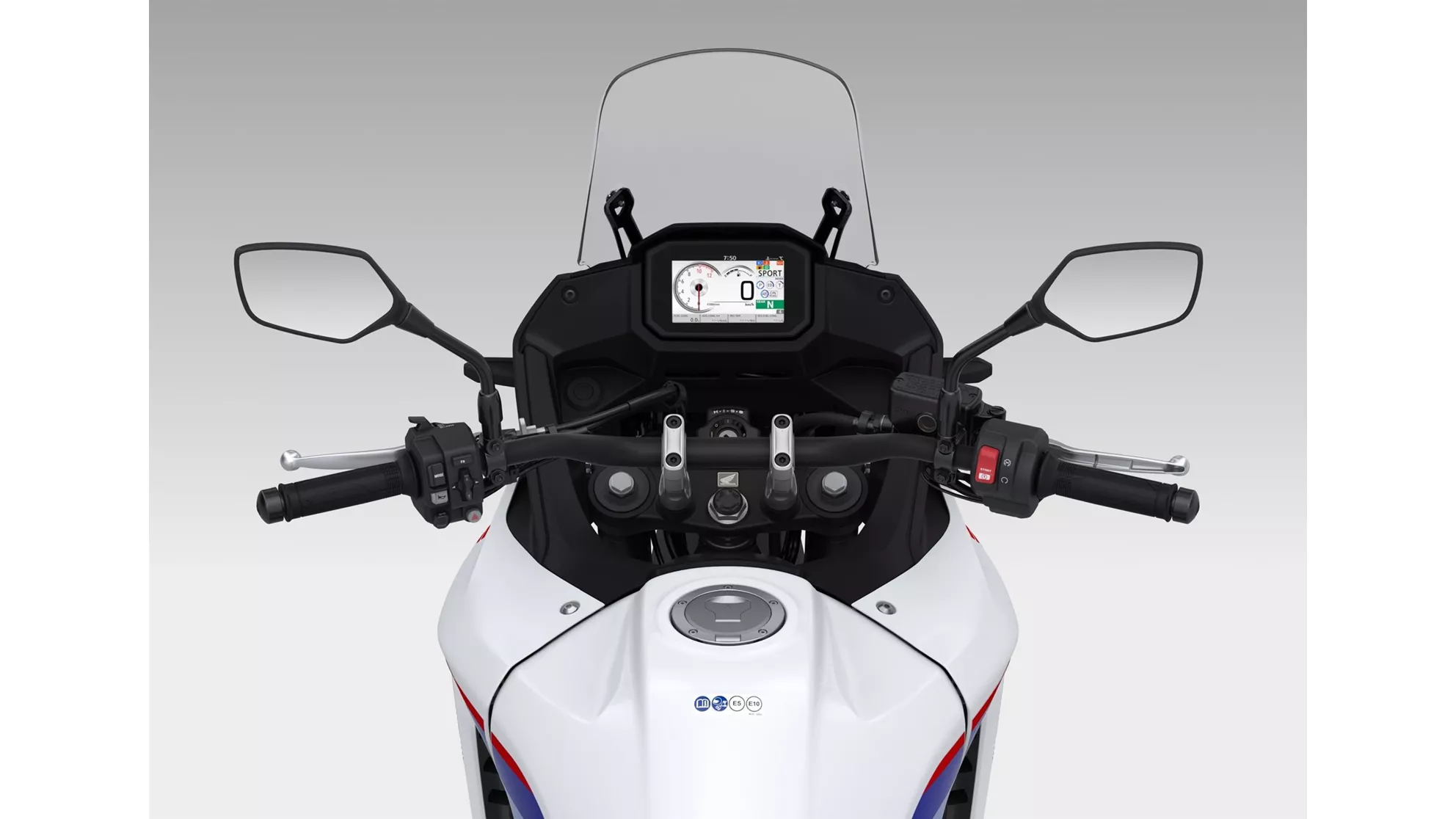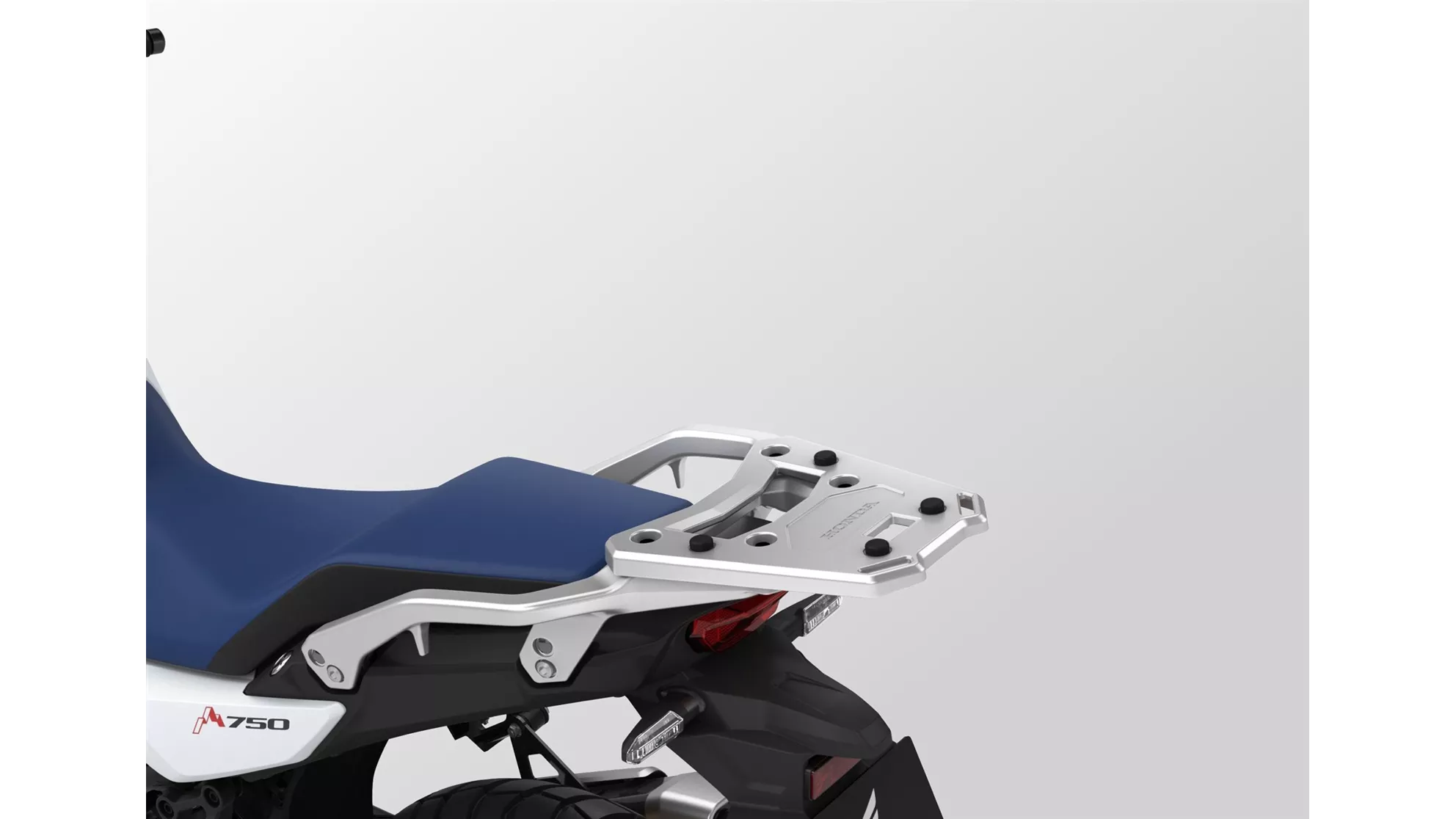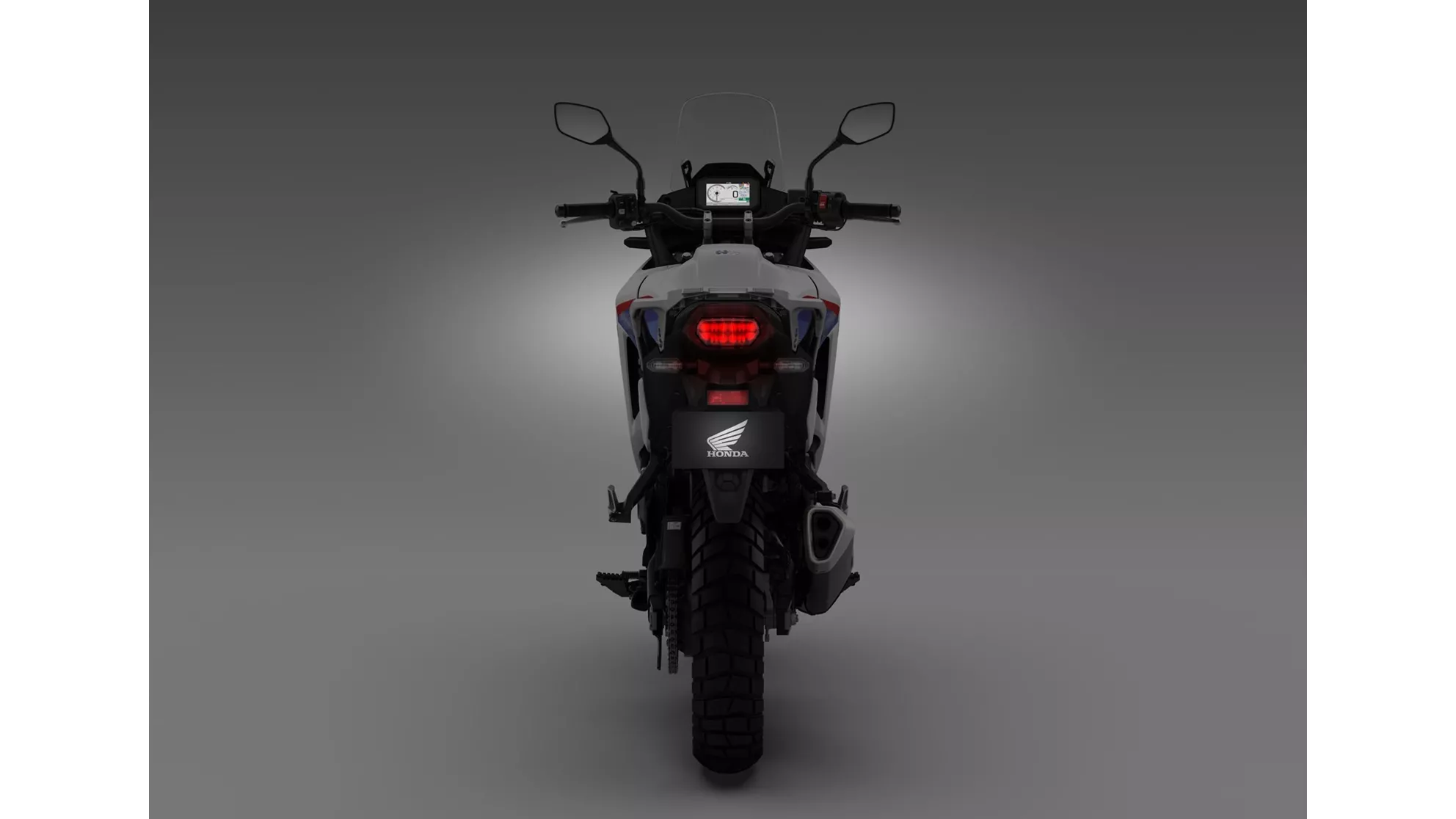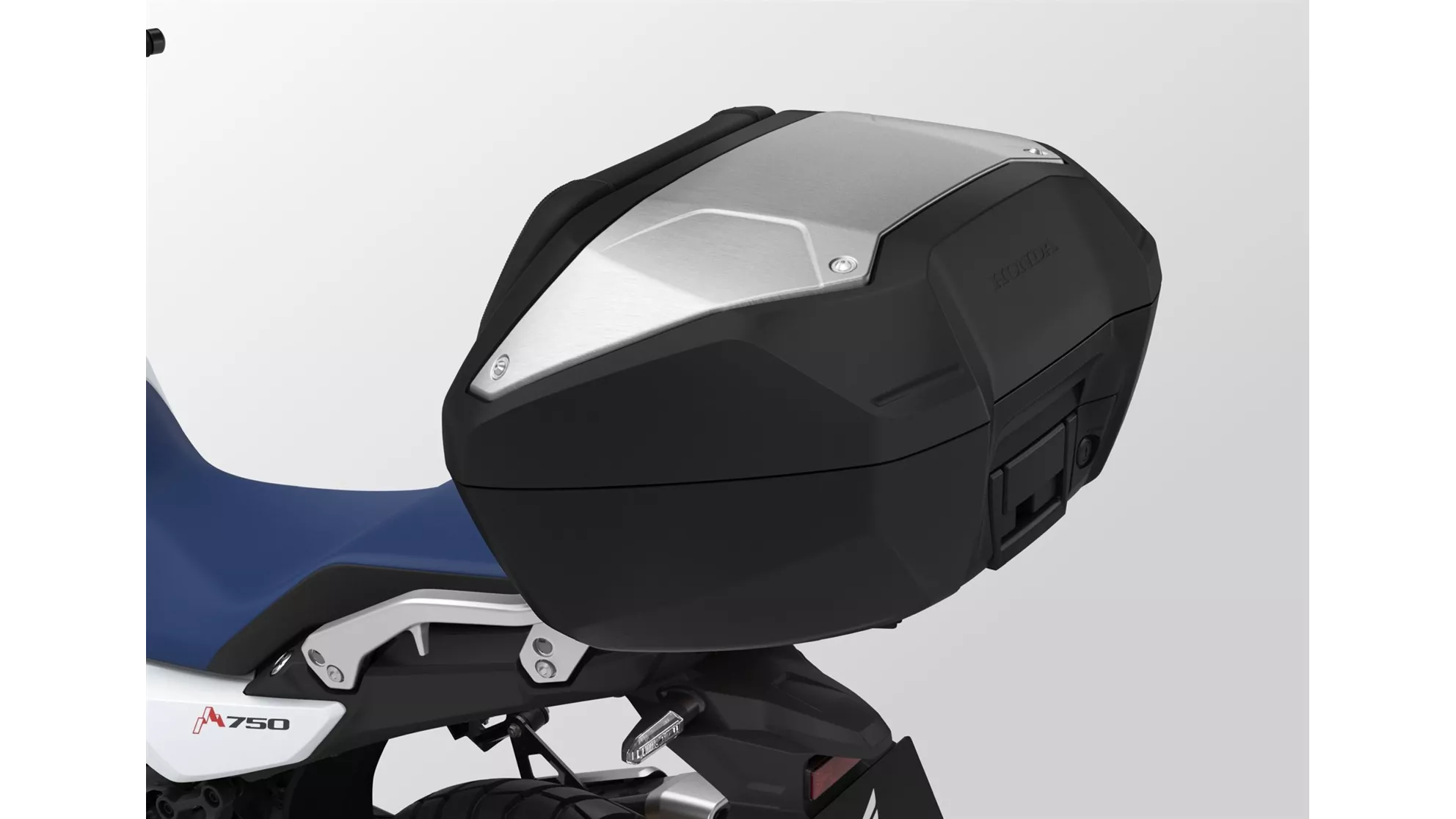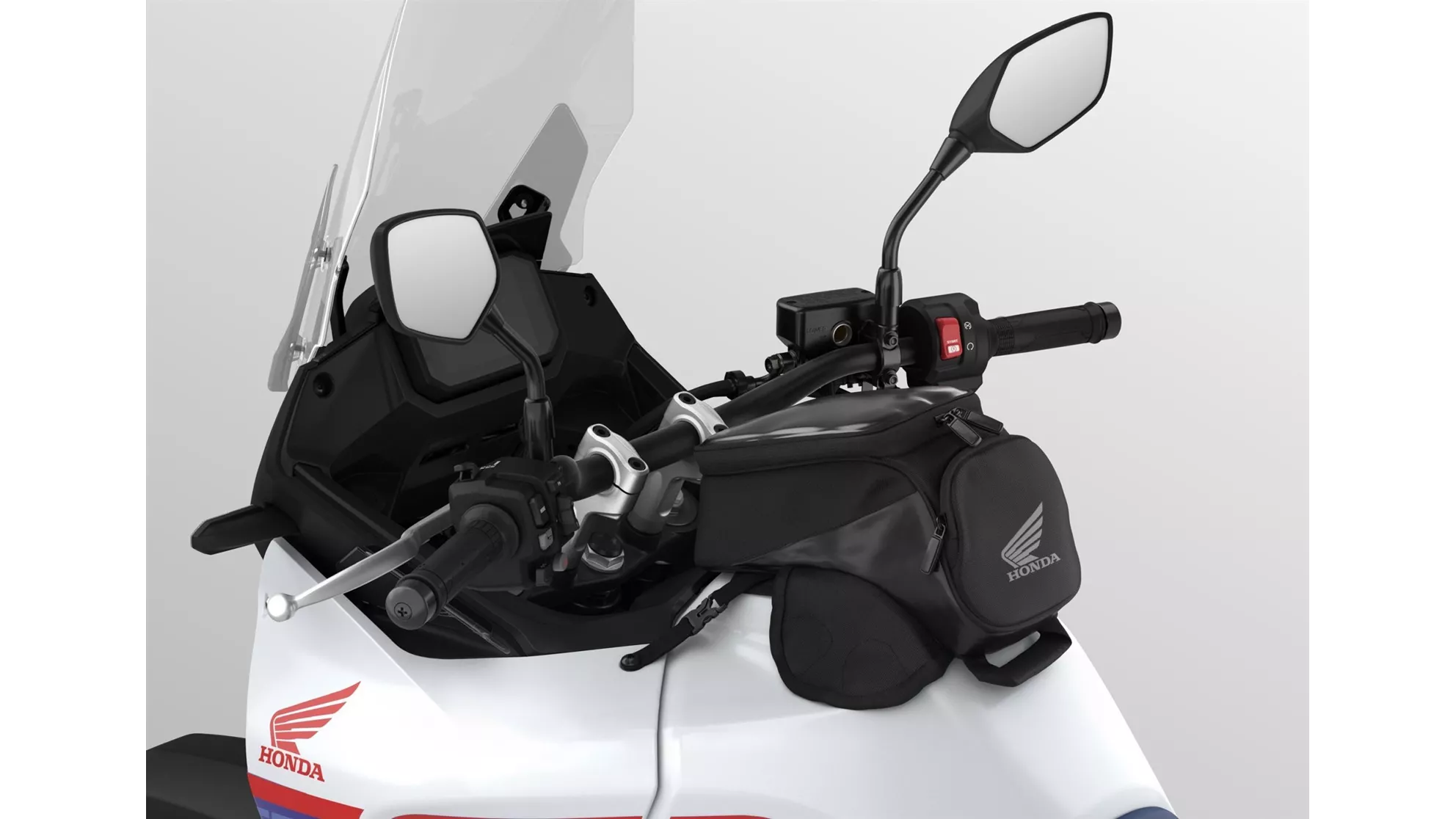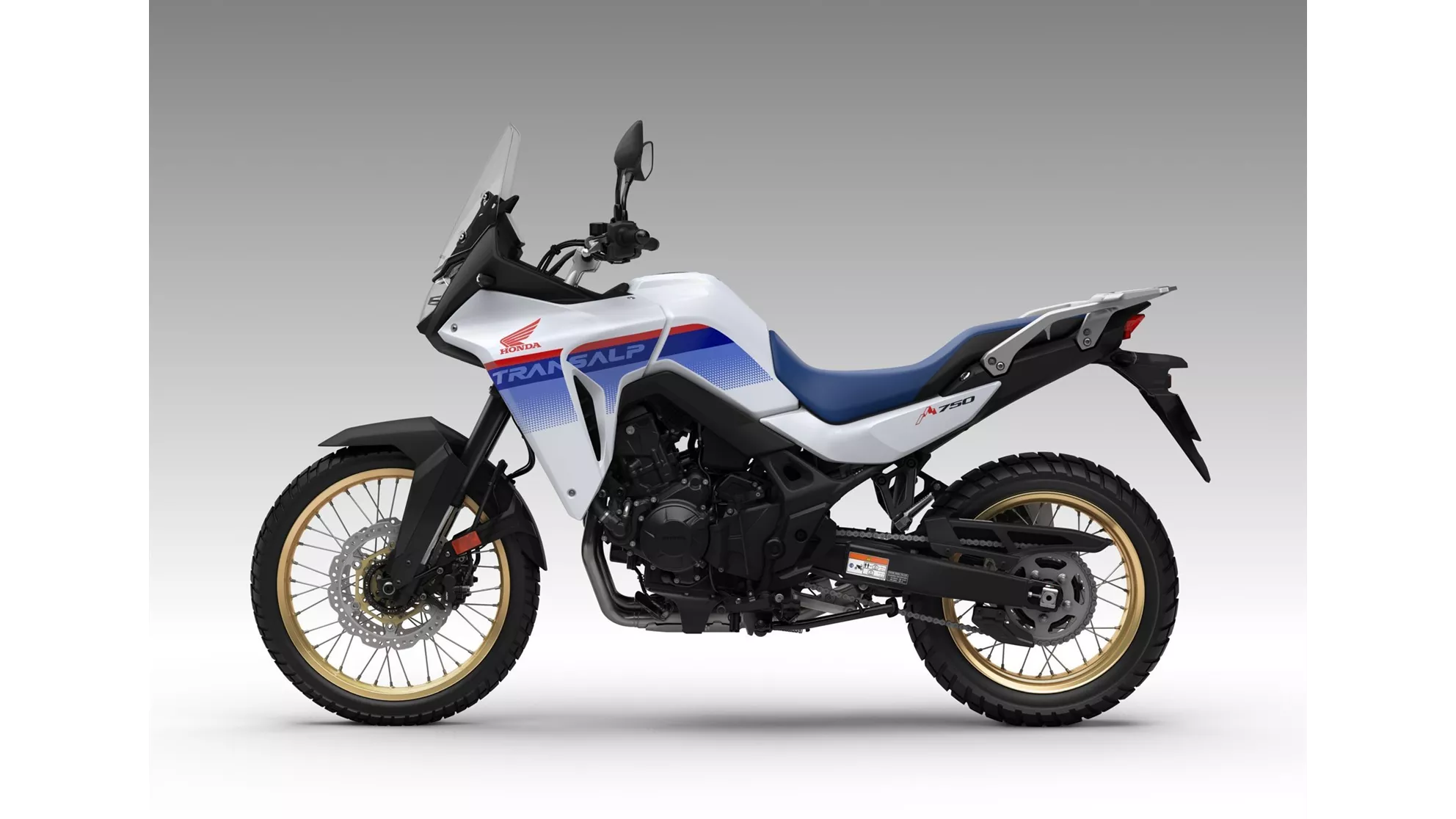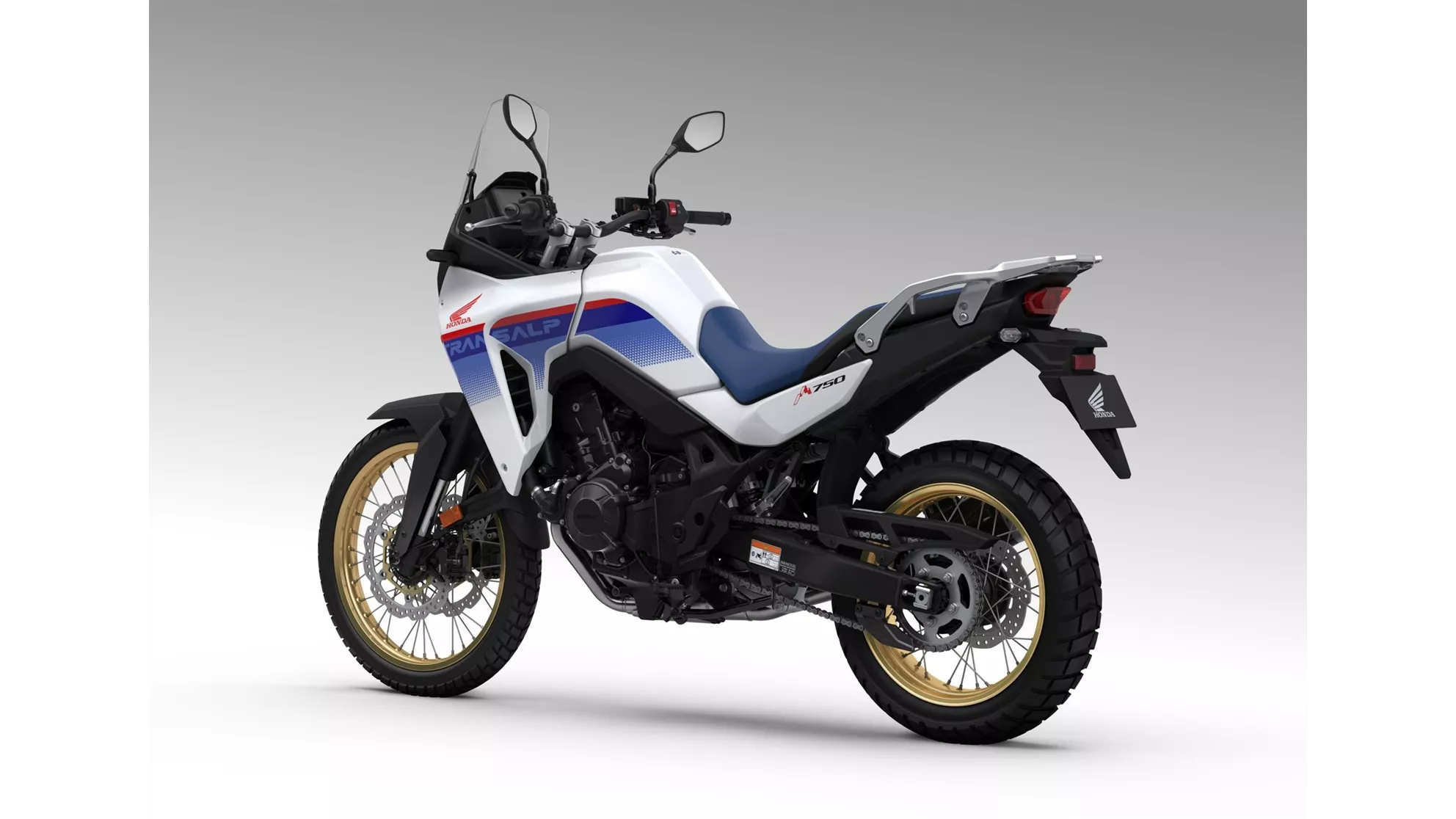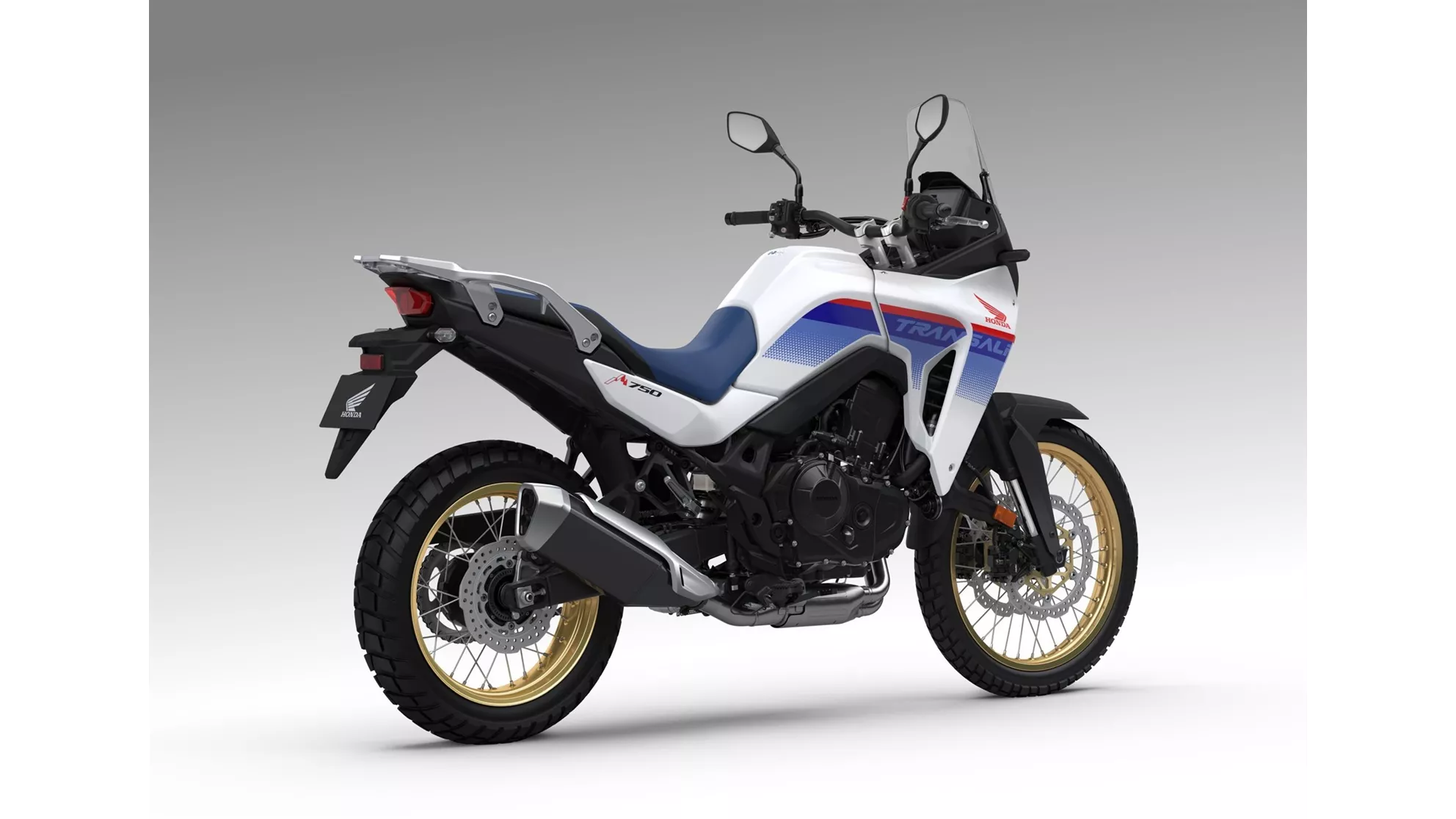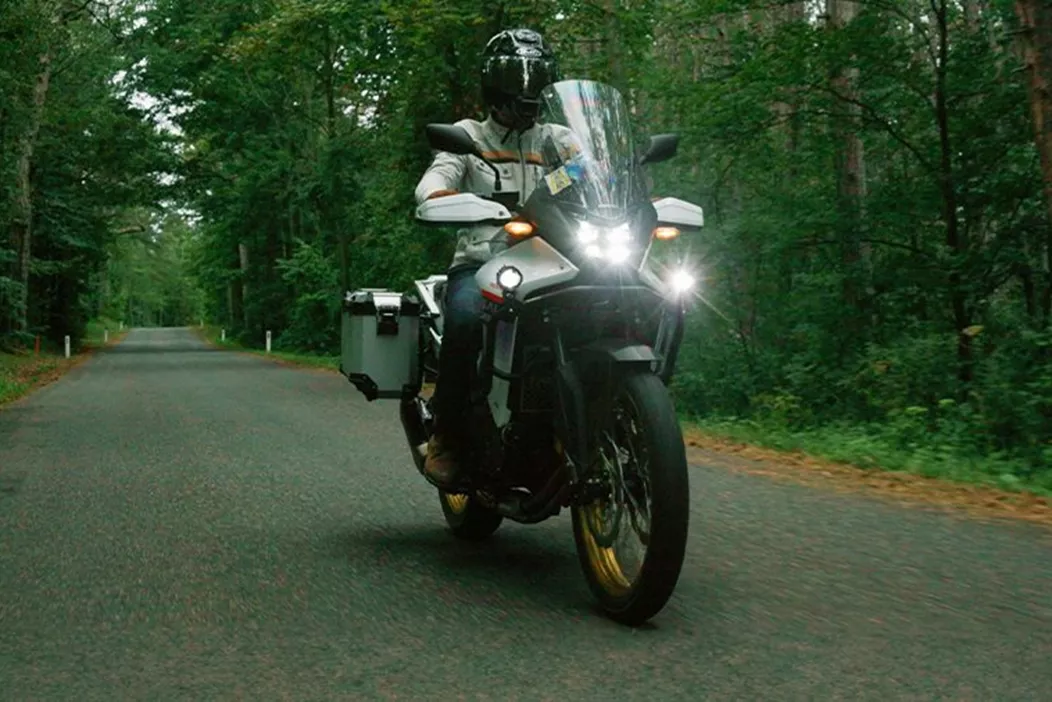The Honda XL750 not only carries a prestigious name but is also enjoying good popularity in its new form powered by a parallel-twin engine. Most Transalp buyers will likely use it primarily as a daily companion and for relaxed touring. Therefore, Stage 1 of the Transalp upgrade focused on enhancing its pragmatic qualities and touring capabilities. However, among all the Transalp riders, there are certainly a few motivated adventurers who want to take their beloved Transe on the wild trails of distant lands. That's exactly what we did with the Transalp, modifying it accordingly in advance.
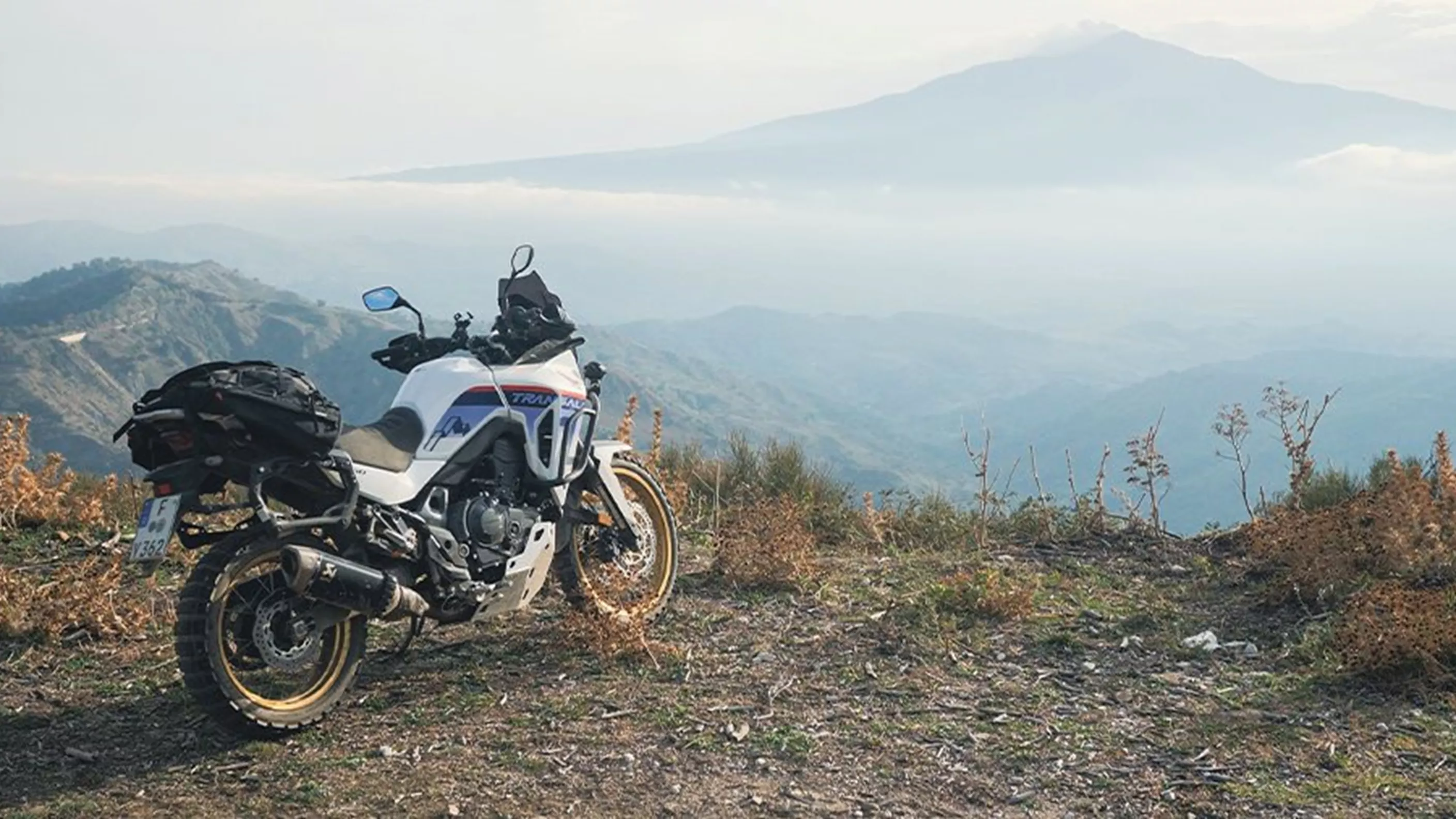
Honda XL750 Transalp Offroad Conversion - Tune Up Stage 2
Here's how the Transalp gets ready for adventure!
How much adventure is packed into the Honda XL750 Transalp? In its stock condition, not excessively much. However, with the right modifications, it is supposed to become off-road capable. We tested whether we succeeded on Sicily's wild trails.
&width=72&height=72&bgcolor=rgba_39_42_44_0&mode=crop)
Gregor
published on 11/22/2024
Chassis Upgrade - Honda XL Transalp Conversion 2024
One of the biggest limiting factors on the Transalp is certainly the very soft, non-adjustable suspension in its stock form. The rather affordable Showa stock suspension components were necessary to keep the purchase price of the XL750 Transalp low and are sufficient for everyday rides and relaxed touring. However, as soon as you demand a bit more performance, the suspension behaves like a pogo stick, and the Transalp bounces and rocks around. For our adventure trip in Sicily, it was clear that more capable equipment was needed. The choice fell on the freshly presented Öhlins suspension for the Transalp, unveiled at EICMA 2023.
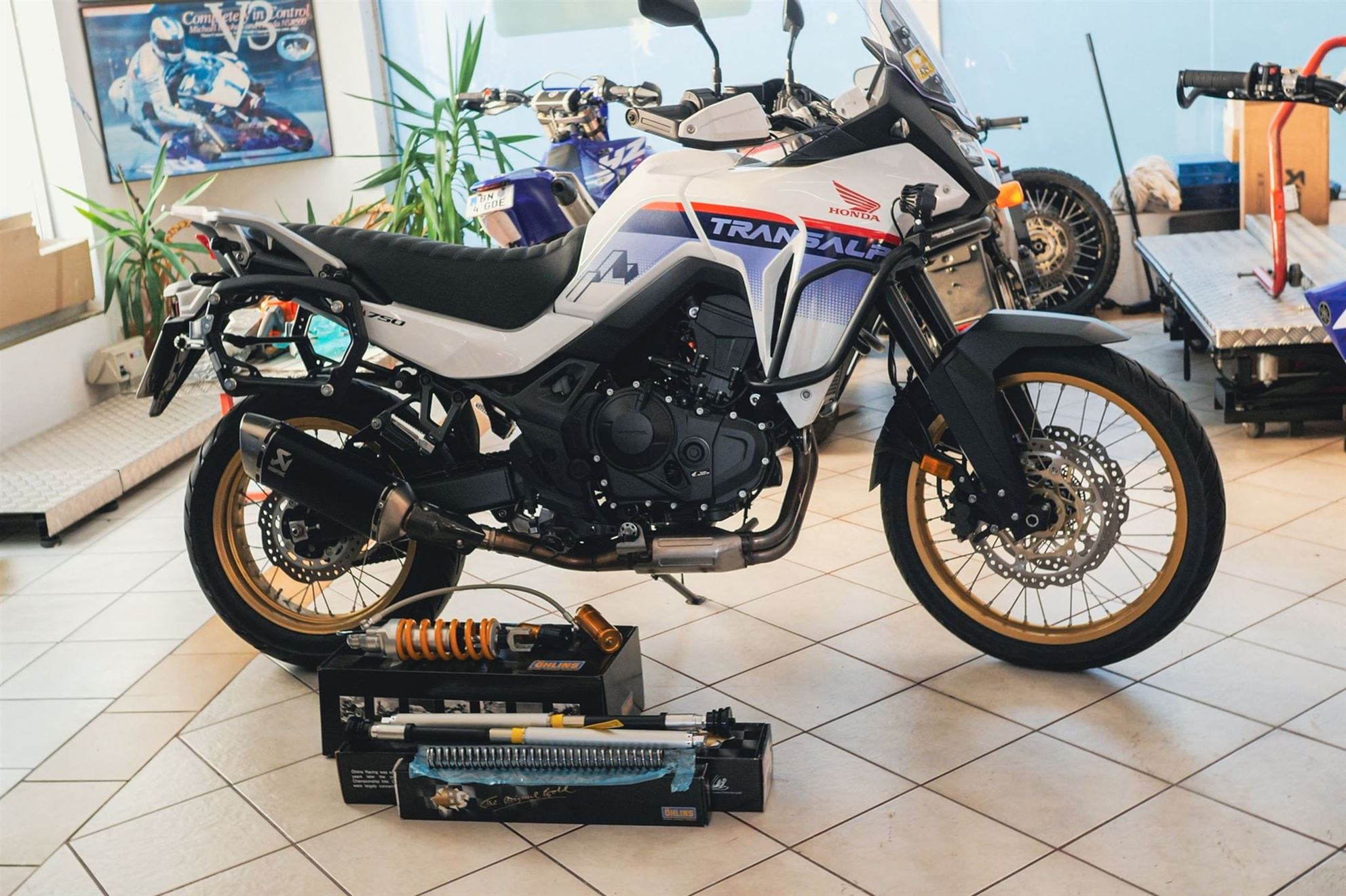
Öhlins instead of Showa: A suspension upgrade is the most important enhancement for the very soft stock Transalp.
Franz Strutzenberger, master of suspension tuning for combinations of Japanese motorcycles and high-quality suspensions, installs a NIX 30 Cartridge Kit and an STX shock absorber into the Transalp. Unlike the original Showa equipment, the inner tubes of the NIX 30 kit in the fork are made of aluminum. The right fork leg is responsible for rebound damping, while the left one handles compression damping. The preload can be adjusted on both. Additionally, Strutzi has improved the responsiveness during rebound, which will pay off especially on undulating dirt roads or larger bumps in loose terrain. The STX shock absorber is also fully adjustable and features a large reservoir under 10 bar pressure. According to Strutzi, the advantage of the larger reservoir is that when the piston compresses the gas in the reservoir during shock compression, the pressure has room to increase more continuously and smoothly. In contrast, shock absorbers with smaller reservoirs become very hard very quickly.
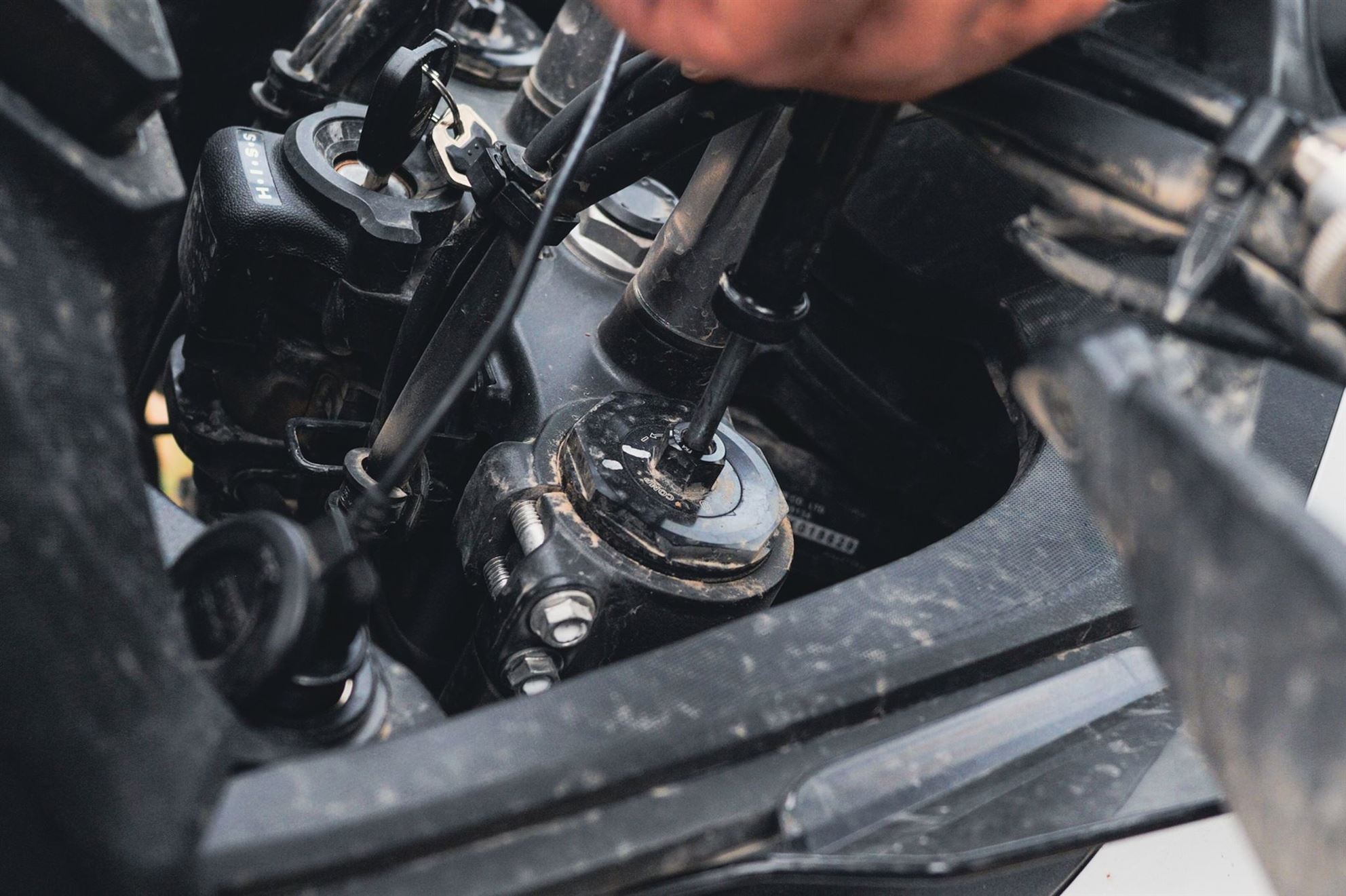
A good chassis alone doesn't do much. The setup also has to be right. Strutzi's tip: Be cautious with the hydraulics, as they can quickly become too stiff.
To conclude, here are a few tips for the correct setup, because even the best chassis is of little use if the setup isn't right. Master Strutzi's tip for our planned on-offroad trip with the Transalp: Keep the damping softer for comfort, leave the rebound nice and open so the wheel seeks ground contact, and if necessary, increase the spring preload rather than tightening the hydraulics. Hydraulics are always stiff, which can quickly spoil the riding experience. Equipped with Swedish gold and new knowledge, the journey can begin.
Travel & Off-road Capability Combined - Honda XL750 Transalp Conversion
My travel companions are camera colleague Schaaf on his private BMW F 800 GS and MOTORRAD editor Phil from Stuttgart. Instead of the four-eyes principle, we follow the two-butts method, which means that Phil and I will take turns riding the Transalp. My Tenere 700 will serve as the third motorcycle. We load all the bikes onto the night train to Vorarlberg in the far west of Austria and ride from there through Switzerland, over the Splügen Pass, and then southwards on about 400 km of highway to Genoa, where our ferry to Palermo departs. In total, we spend two weeks in Sicily, covering an additional 2,000 kilometers on various routes, besides the approximately 1,000 km of the journey there and back. The significant differences in road surfaces challenge both rider and equipment. Our installed components must bridge the gap between travel and off-road suitability.
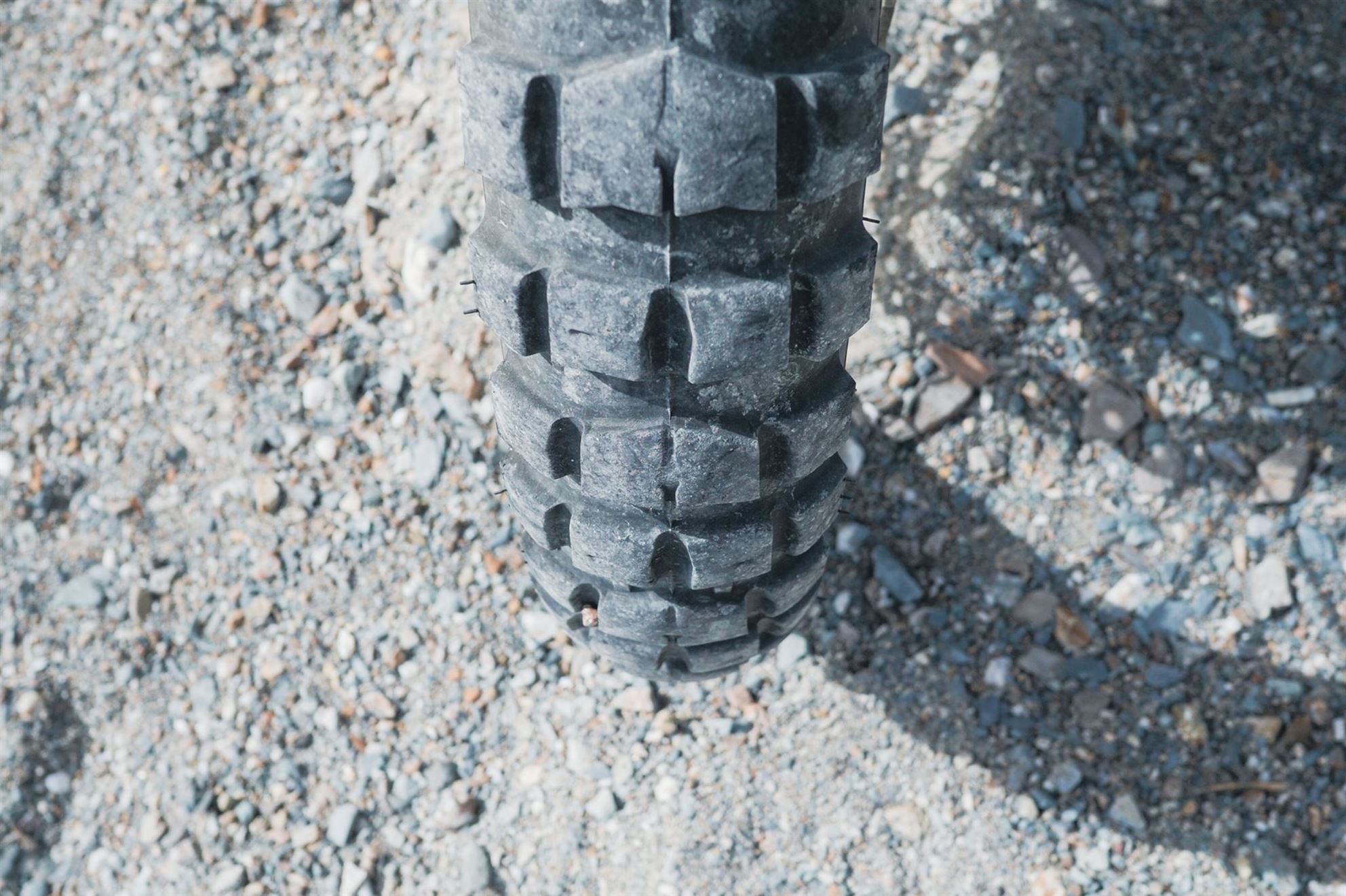
The Pirelli Scorpion Rally performs very well as a true 50/50 tire both on and off the asphalt. Only on loose surfaces would one wish for a bit more lateral grip from the very round front tire.
From the very start of the journey, the mounted Pirelli Scorpion Rally tires stand out positively. On asphalt, the 50-50 tire, despite its knobs, offers a harmonious steering behavior without tipping points and sufficient grip to lean the Transalp all the way to the pegs. The lean angle of the Transalp isn't excessively large, and the tire could certainly handle even more. The wet grip and cold grip are also adequate for a knobby tire. In loose terrain, the Scorpion Rally provides good traction on ascents and descents and proves robust on sections with sharp-edged gravel. Those who like to zip through gravel corners might miss lateral forces on the front wheel. The round contour, which makes handling on asphalt so good, has slight disadvantages on loose surfaces. However, we're complaining at a high level here.
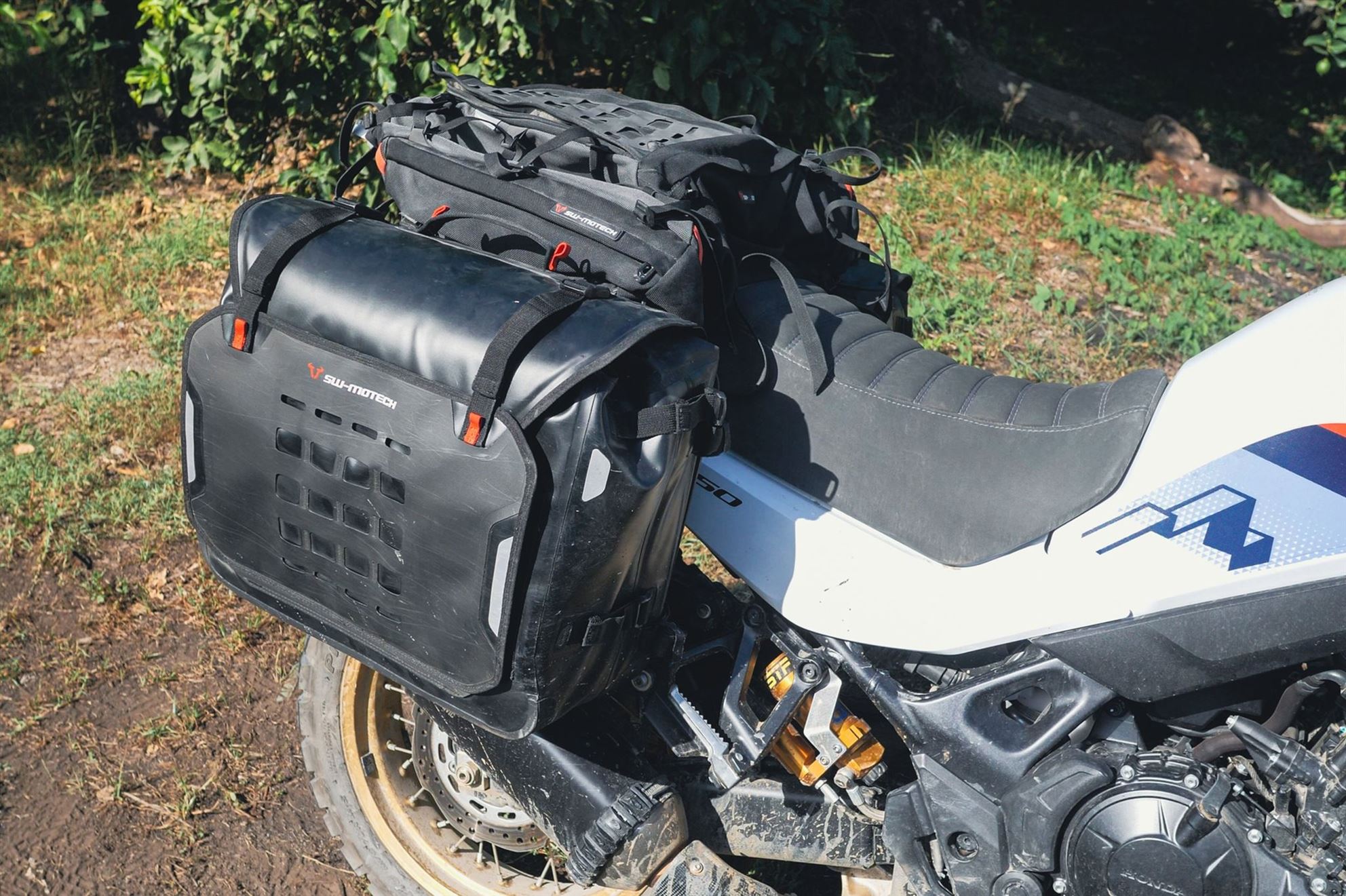
To save weight, we use the lightweight yet voluminous SW-Motech Sysbag WP side bags in combination with the flexible Cargobag tail bag instead of heavy aluminum cases in Stage 2.
Our luggage solution must handle everything from heavily loaded highway stages to dusty rides with light luggage and multiple accommodation changes. To keep the weight as low as possible, maximize versatility, and ensure the luggage solution is practical to handle, I chose two products from SW-Motech. For the road-oriented first part of this tune-up project, we had the practical TRAX ADV aluminum cases on board the Transalp. However, for more ambitious off-road terrain, they are a bit heavy. Instead, in Sicily, we rely on soft Sysbag WP side bags, which fit onto the existing luggage rack of the aluminum cases via an adapter plate, weigh a relatively light 4.4 kg, and still offer up to 40 liters of storage space. Additionally, the cases can be removed extremely easily and quickly with just one lever, which is very welcome when loading and unloading the motorcycle frequently.
Our off-road rides mainly take place during day trips, where we only carry essential equipment. The removable panniers are practical here, just like a feature of the underlying PRO luggage rack. Thanks to quick-release screws, it can also be removed very quickly and easily, saving a few more kilos. As a practical, very lightweight, yet reasonably spacious luggage solution, the Pro Cargobag tail bag accompanies us on our off-road riding days at the rear of the Transalp. Lovingly nicknamed "cow pat" by us, it has been a long-standing guest in 1000PS productions due to its practical handling and enriches our off-road tour.
Protective Accessories for Our Honda XL750 Transalp Conversion
In Sicily, the roads can quickly become quite wild. Even Google Maps sometimes directs us onto paths that are barely navigable by anything other than a four-wheel-drive vehicle. Here and there, our lack of local knowledge becomes apparent, and we unexpectedly find ourselves on steep single trails, rutted mountain bike descents, or deep gravel tracks. Unsurprisingly, it doesn't take long for the Transalp to make its first contact with the ground. To prevent significant damage, appropriate protection is necessary.
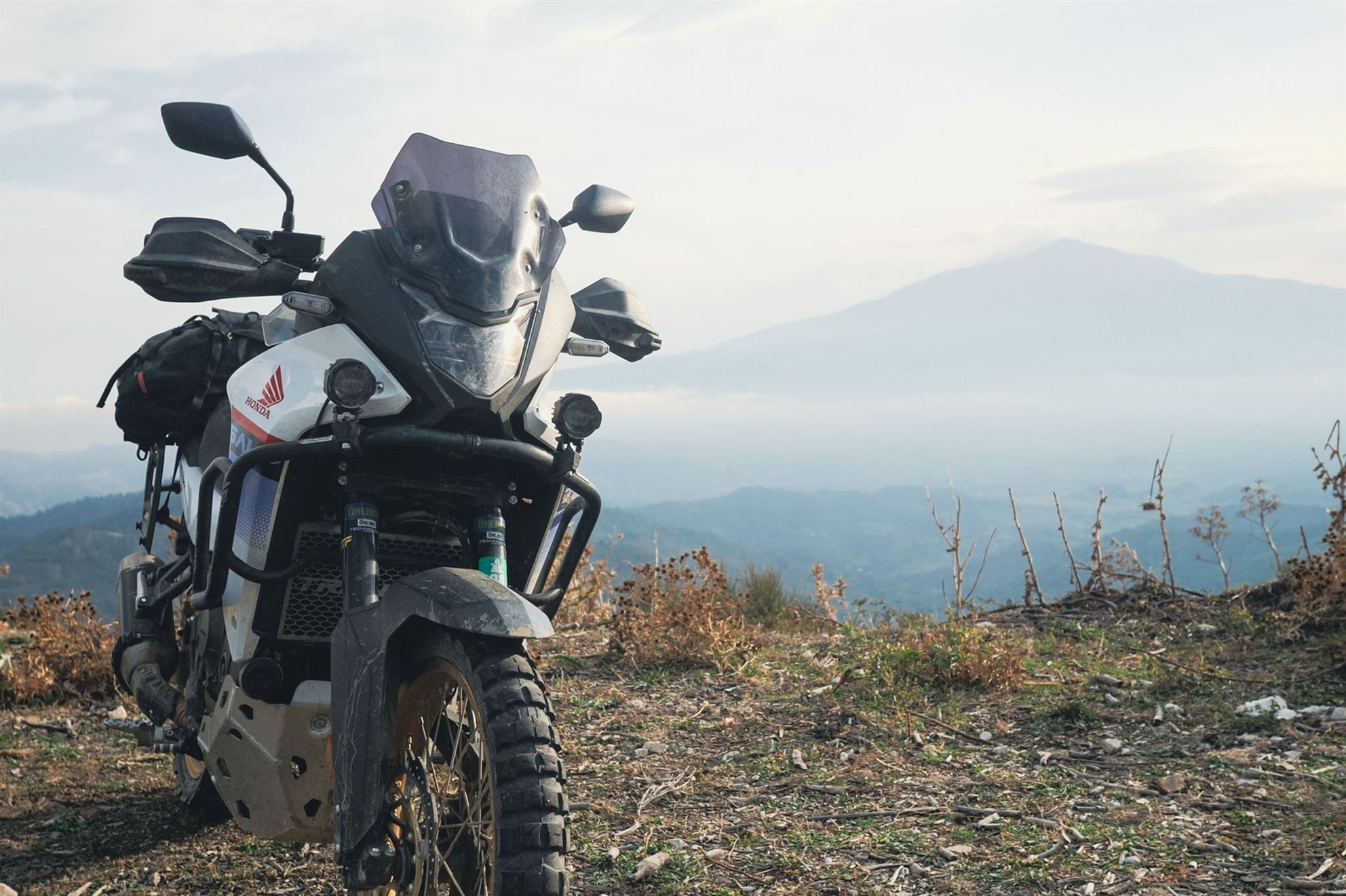
Hand guards, engine skid plate & crash bars - When the going gets tough, the bike needs some protection. These prove their worth multiple times throughout our journey.
Already during Stage 1, the Transalp was equipped with crash bars and auxiliary lights. For our journey, the massive engine guard was added. A positive aspect of the SW-Motech engine guard is that the 4.7 kg heavy plate made of thick aluminum extends far upwards. This provides very effective protection for the engine and headers. The protective gear is completed with the new Adventure handguards from SW-Motech, which also absorbed all impacts confidently on our trip.
Accessory exhaust as a cost saver? Honda XL750 Transalp Akrapovic muffler
Since Stage 1, our Transalp has been adorned with a titanium slip-on from Akrapovic. The exhaust is quite exposed on the new Transalp and can easily get damaged in case of a fall. Interestingly, a replacement is cheaper with the aftermarket silencer, which costs around €850 depending on the supplier. Not a small amount, but Honda charges a hefty €970 for a new stock end can. To protect our Akra as much as possible from harm, we have also fitted a rubber guard from Puig.
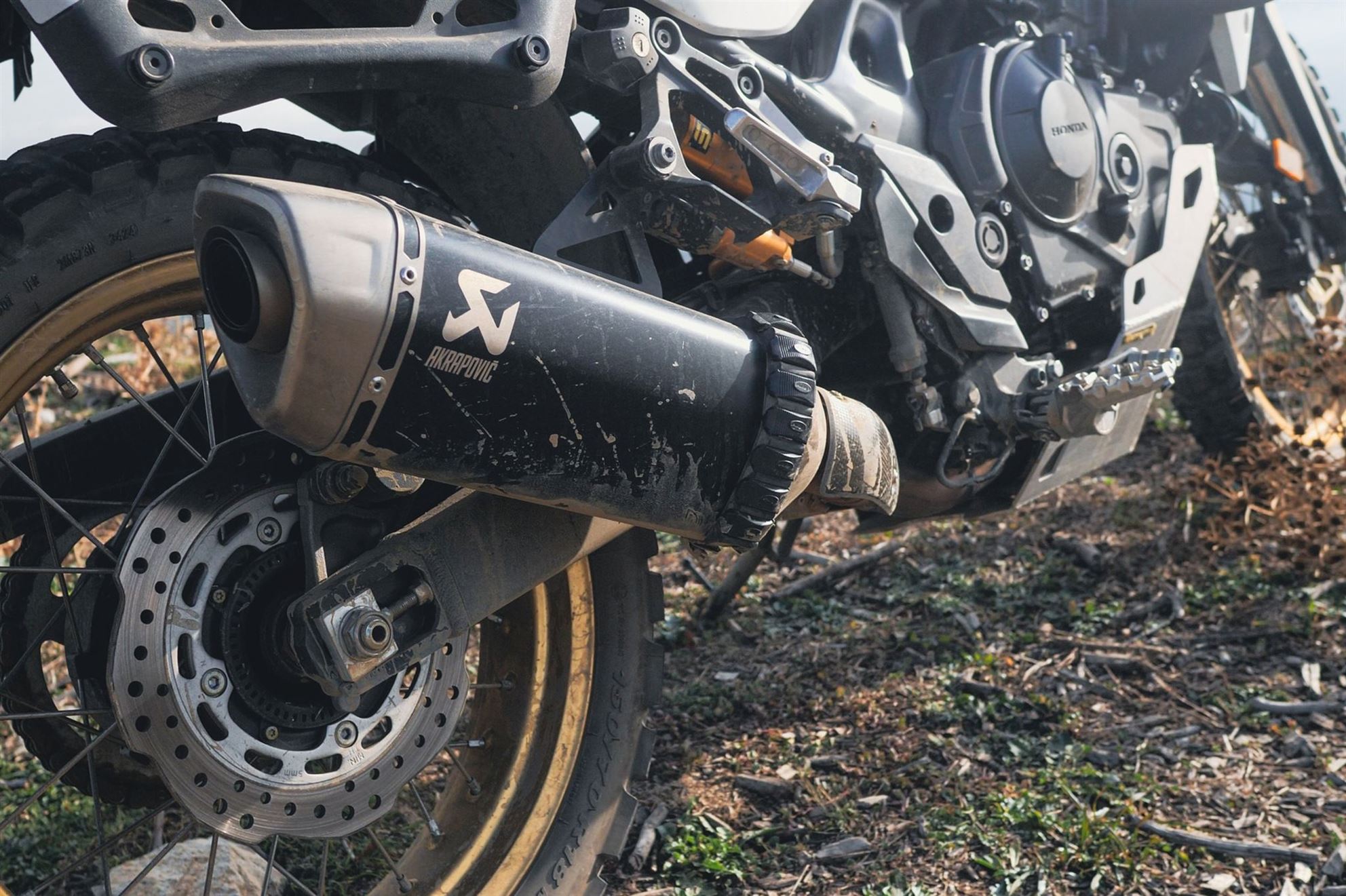
The Akrapovic Titan Slip-On makes the sound a bit bassier, but in case of an accident, it costs less than the original exhaust.
Conversion of the Biggest Off-road Problem Area of the Honda Transalp
Already during the first test of the XL750 Transalp, I noticed the relaxed ergonomics and the very forward-positioned pegs. Comfortable when sitting, but rather suboptimal when standing. Off-road, you want to hold the handlebars as loosely as possible. But as soon as you go uphill, the Transalp lacks space forward, and you have to cling to the handlebars like a monkey. Adjustable footpeg systems and foot levers from SW-Motech are supposed to alleviate this problem. The footpegs, which can be adjusted by 15 mm, help too, but only minimally. For a greater effect, perhaps forward-curved handlebar risers could have been installed. At least the wider EVO footpegs are more comfortable when standing and offer more grip. The adjustable foot levers make a high-quality impression, but the pedal of the brake lever would benefit from a folding function, as the protruding aluminum piece hooks onto a high, hard edge and brings both bike and rider down. At least the component is robust, as neither the fall nor the forceful bending back with the enduro boot causes permanent damage to the brake lever.
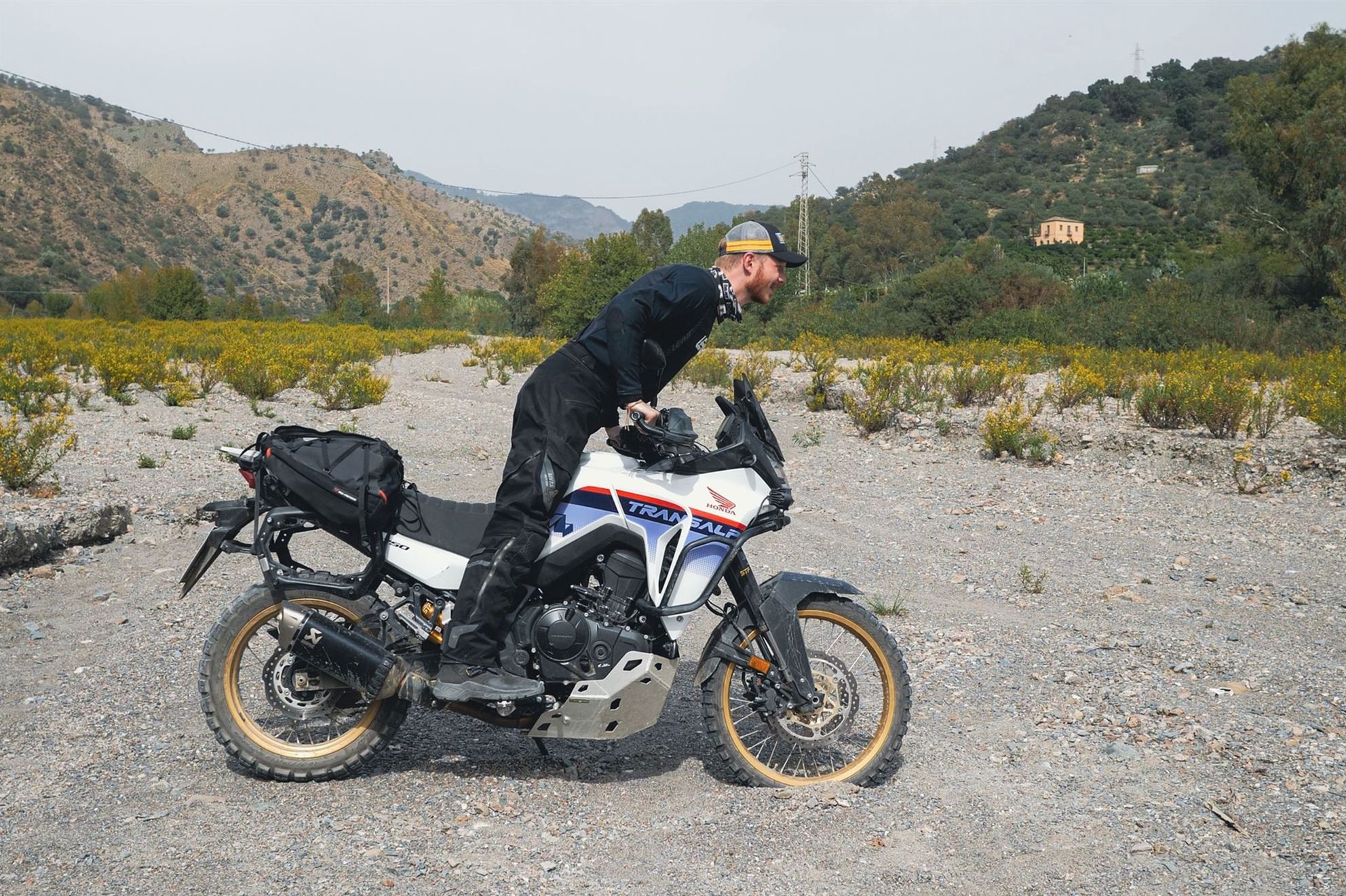
Even after all adjustments, the ergonomics of the Transalp remain a problem area. However, it handles very well off-road while seated.
Custom seat for Honda XL750 Transalp
Since Stage 1, our Transalp has been adorned with a custom seat from SW-Seats. This not only offers a significant comfort boost when seated but also enhances off-road riding. The flatter shape of the new seat makes it easier to shift weight forward or backward, allowing for optimal use of available traction even while seated. When standing, the higher seat provides a better surface for the knees and more "meat" to clamp the bike during rough bumps.
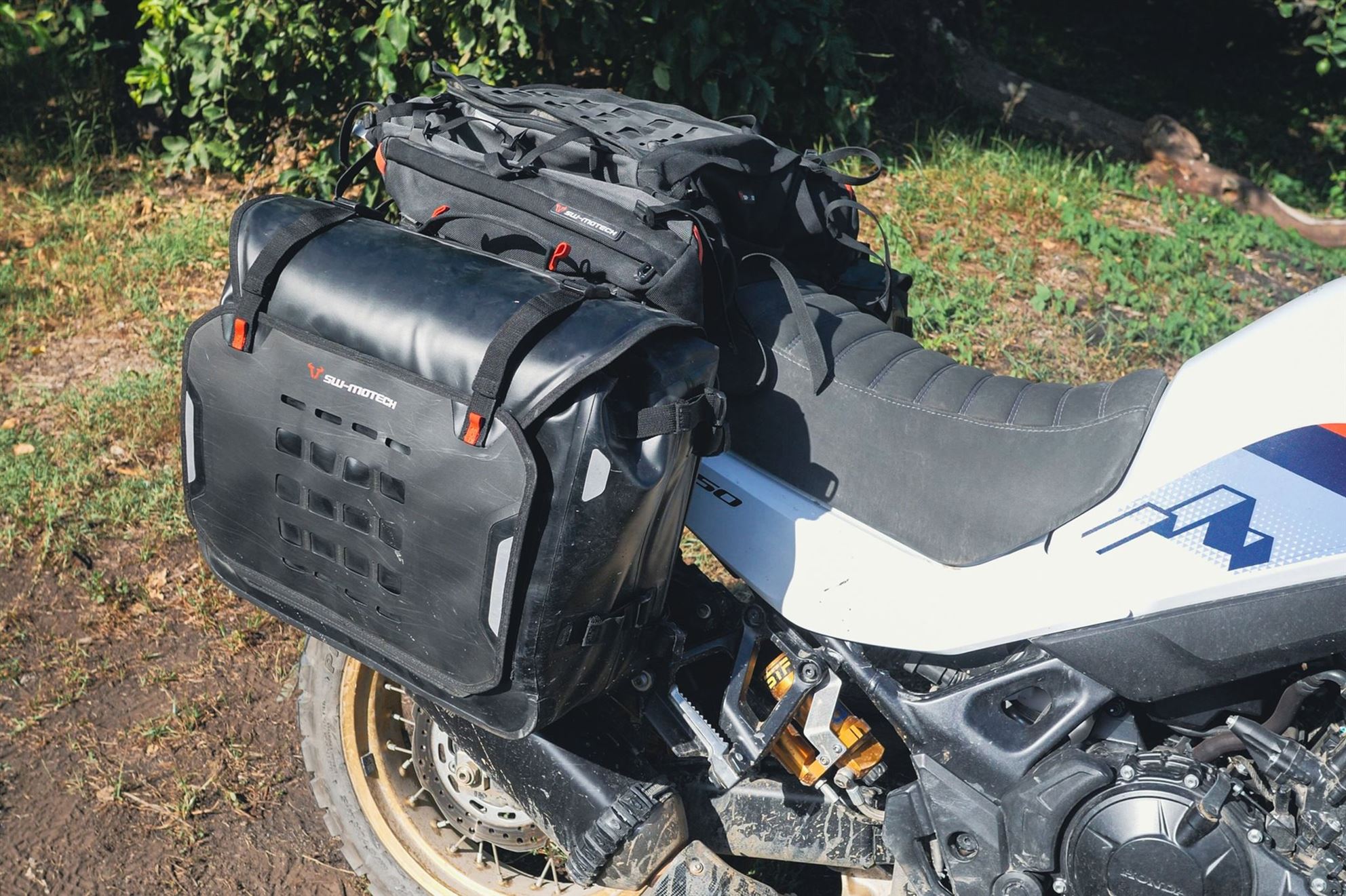
Grandiose comfort gain and visual enhancement - The custom saddle, alongside the Öhlins suspension, is the most impactful upgrade for the Transalp.
Honda XL750 Transalp Conversion - Upgrade in Detail
Finally, various detailed solutions must be mentioned. Instead of the non-adjustable stock levers, our Transalp is equipped with the fully adjustable levers 3.0 from Puig. Additionally, they fold upwards, significantly reducing the chance of bent or broken levers in case of falls. The last modification not yet mentioned is the sport windscreen from Puig. Due to the already mentioned ergonomics of the Transalp, you have to lean very far forward on ascents to stay somewhat balanced. This brings the head, neck, and upper body directly over the cockpit and windscreen. In case of strong impacts, the front can rise vehemently, which is why I was concerned about ramming the high touring windscreen installed in Stage 1 against my helmet or neck. With the sport windscreen, this danger was no longer present, and additionally, the Transalp looks significantly more aggressive.
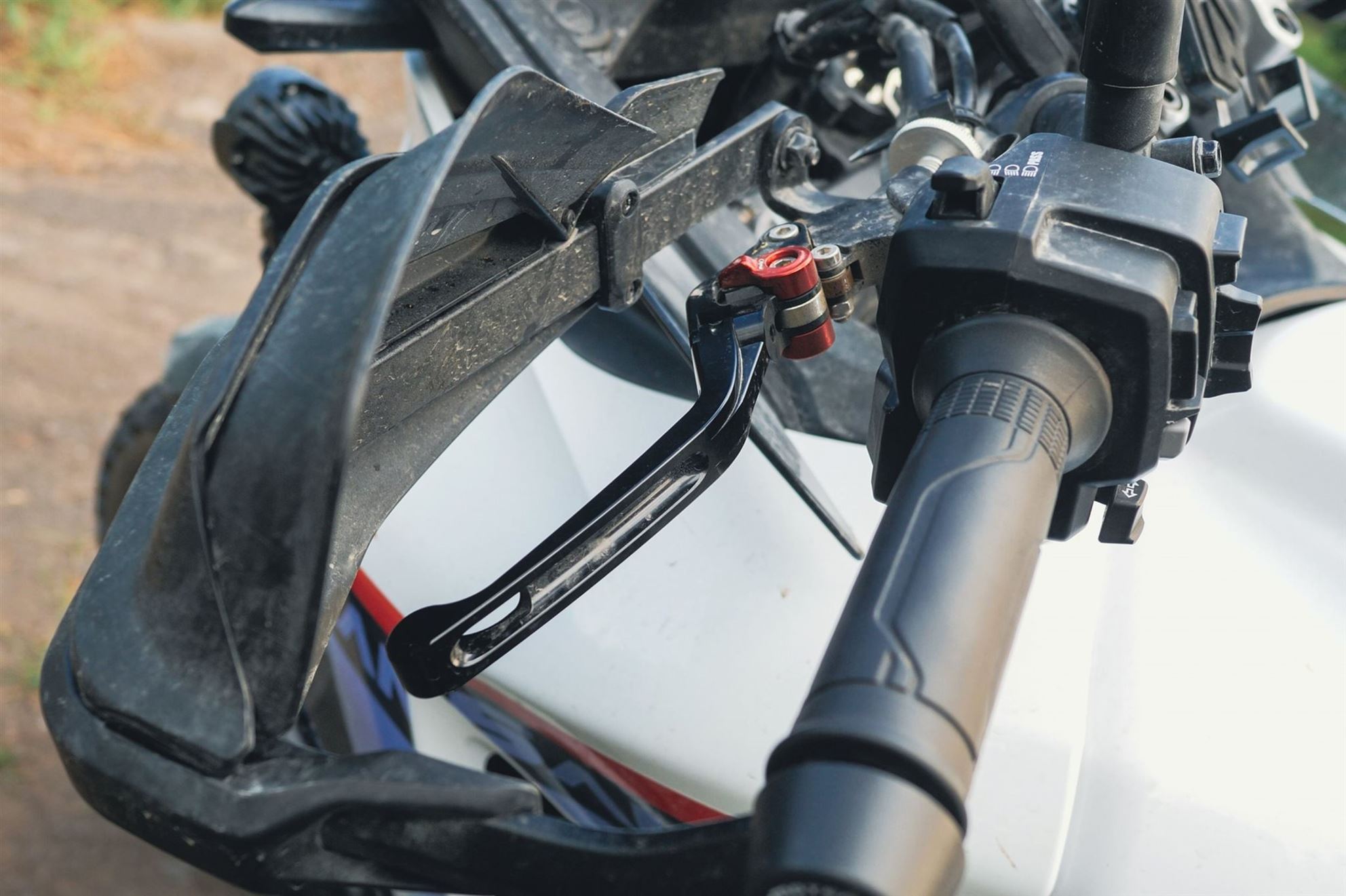
The third generation of adjustable levers from Puig allows for precise adjustment of the clutch and front brakes.
Honda XL750 Transalp for Off-Road Adventures - Necessary Modifications
During the two weeks in Sicily, we are generally very satisfied with our modified Transalp. It effortlessly handles all mishaps, impresses on paved roads with its nicely responsive engine, a lot of stability thanks to the Öhlins suspension, and comfort in the saddle. On unpaved terrain, you can fully utilize the elasticity of the gears and the grunt from mid-range RPMs, enjoying its relatively low build and the potent suspension during more challenging sections. Riding the Transalp while standing remains quite strenuous, but it can also be very well controlled while seated off-road. In such intense travel weeks as in Sicily, you also learn a lot more, which is why further optimizations immediately come to mind. This is what I would still change in our Honda XL750 Transalp tune-up:
- Move the handlebars with curved risers further forward.
- Shorten the gearing. Although this makes the gears less flexible, the rather long-geared Transalp could handle it and would make a more lively impression during spirited riding on and off the asphalt.
- Install a switch for complete ABS deactivation. As standard, the ABS can only be turned off at the rear, while the front remains with an overly cautious off-road ABS. On deeper loose surfaces, we repeatedly encountered situations where the system suddenly released the brakes, providing only inadequate delay. Our solution was to roll down critical descents with the ignition turned off.
- The grips are quite thin. For riders with larger hands, thicker aftermarket grips are recommended.
Air Filter Change on the Honda XL750 Transalp - A Lengthy Ordeal
After an off-road trip, cleaning and restoring the bike is on the agenda. I also had to replace the stock air filter with a DNA aftermarket cotton air filter. What I didn't know beforehand: The air filter of the Transalp is located under the tank, and to get there, you practically have to disassemble half the motorcycle. The Transalp is built like an onion in layers, and to reach one layer, you must first remove the one above it. You even have to remove the TFT display to finally be able to lift the tank and reach the air filter box. The entire ordeal can be seen in the Tune-Up video.
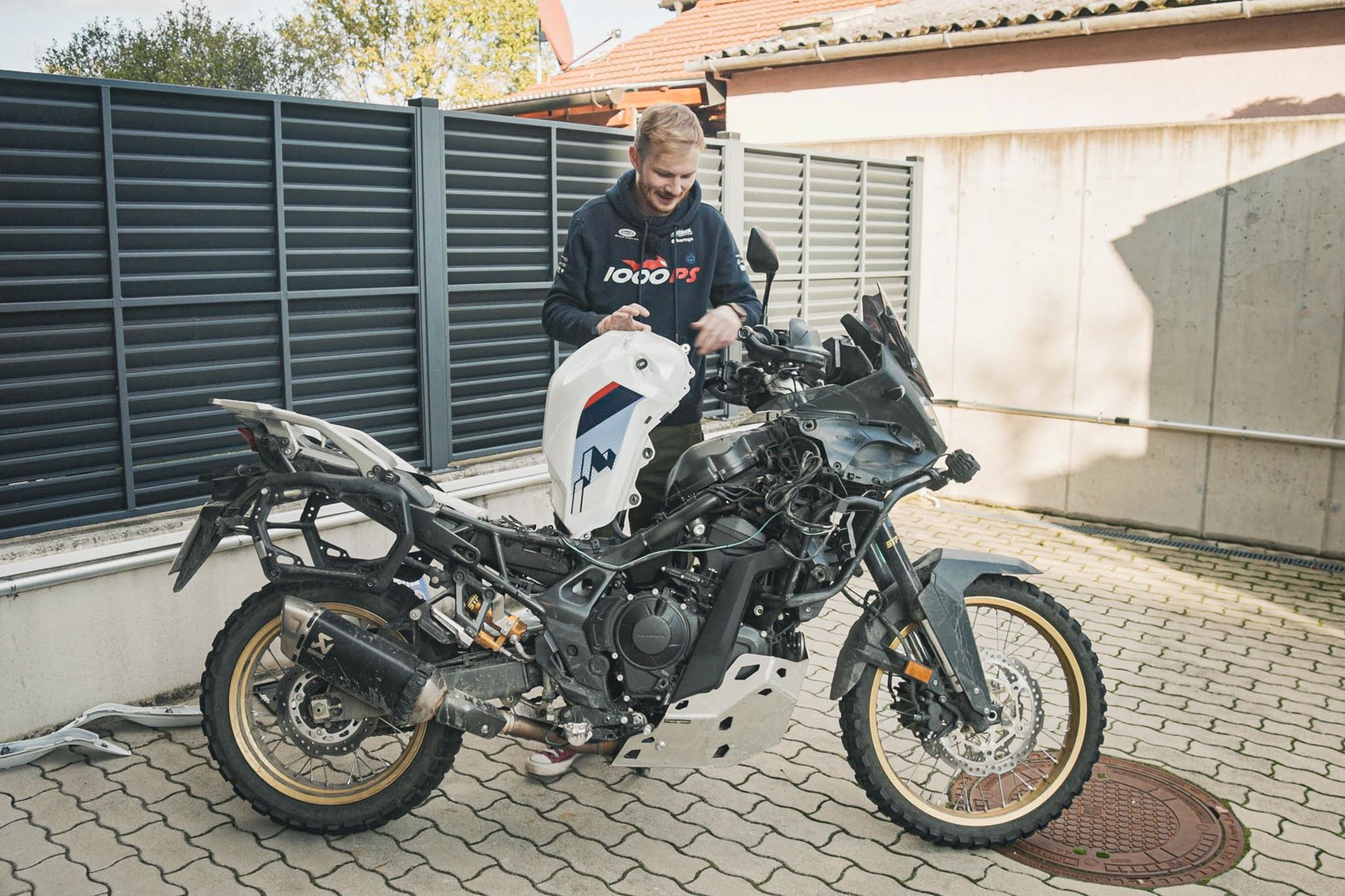
No, the Transalp did not need to be shipped back to Austria in pieces; it merely required a fresh air filter. Unfortunately, the fairing, TFT display, and fuel tank have to be removed for this.
Conclusion on the Honda XL750 Transalp Conversion Tune-Up Project 2024
After our modifications, the Transalp is significantly more adventurous than before and can meet other adventure bikes it encounters in the wild on more equal terms. At the same time, its everyday usability and comfort have not suffered but have rather increased. The only thing one might have to come to terms with is the relaxed, yet in certain situations limiting, ergonomics. The installed parts amount to over €6,000 in material costs. Only the biggest Transalp fans will invest that much money into the otherwise affordable adventure bike. If I had to limit myself to the best upgrades for me, my choice would fall on the Öhlins suspension and the SW-Seats seat. The more potent suspension allows the Transalp's potential to be better utilized in all situations. The seat has greatly enhanced saddle comfort, and I wouldn't want to miss it anymore. Overall, it was an exciting project where the Transalp clearly proved that there is also a considerable portion of adventure in this otherwise pragmatic daily tourer.
- How much does a Honda XL750 Transalp cost?
- Here you will find an overview of the price level of new and used motorbikes!
&width=60&height=60&bgcolor=rgba_39_42_44_0&mode=crop)
Honda XL750 Transalp 2024 - Experiences and Expert Review
Gregor
The Transalp had to prove itself in several tests at 1000PS in 2023. Surprisingly, it scored particularly well in the pillion test in Tenerife. Its accessible nature makes motorcycling easy. You can enjoy both the ride and the scenery. The machine offers a surprising amount of sportiness with a very accessible character. Overall, the Transalp is a great all-round talent.
More from 1000PS Magazine
Honda XL750 Transalp Offroad Conversion - Tune Up Stage 2 Images
Source: 1000PS















































































